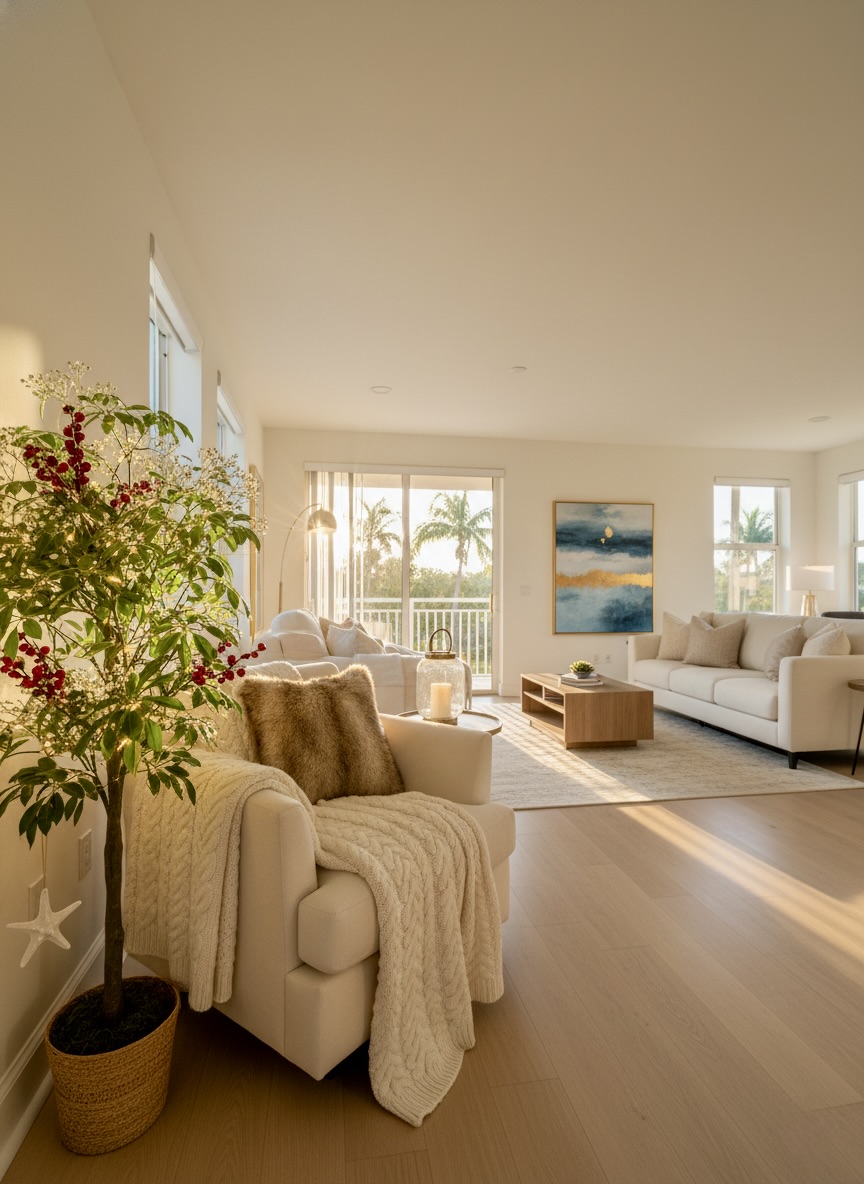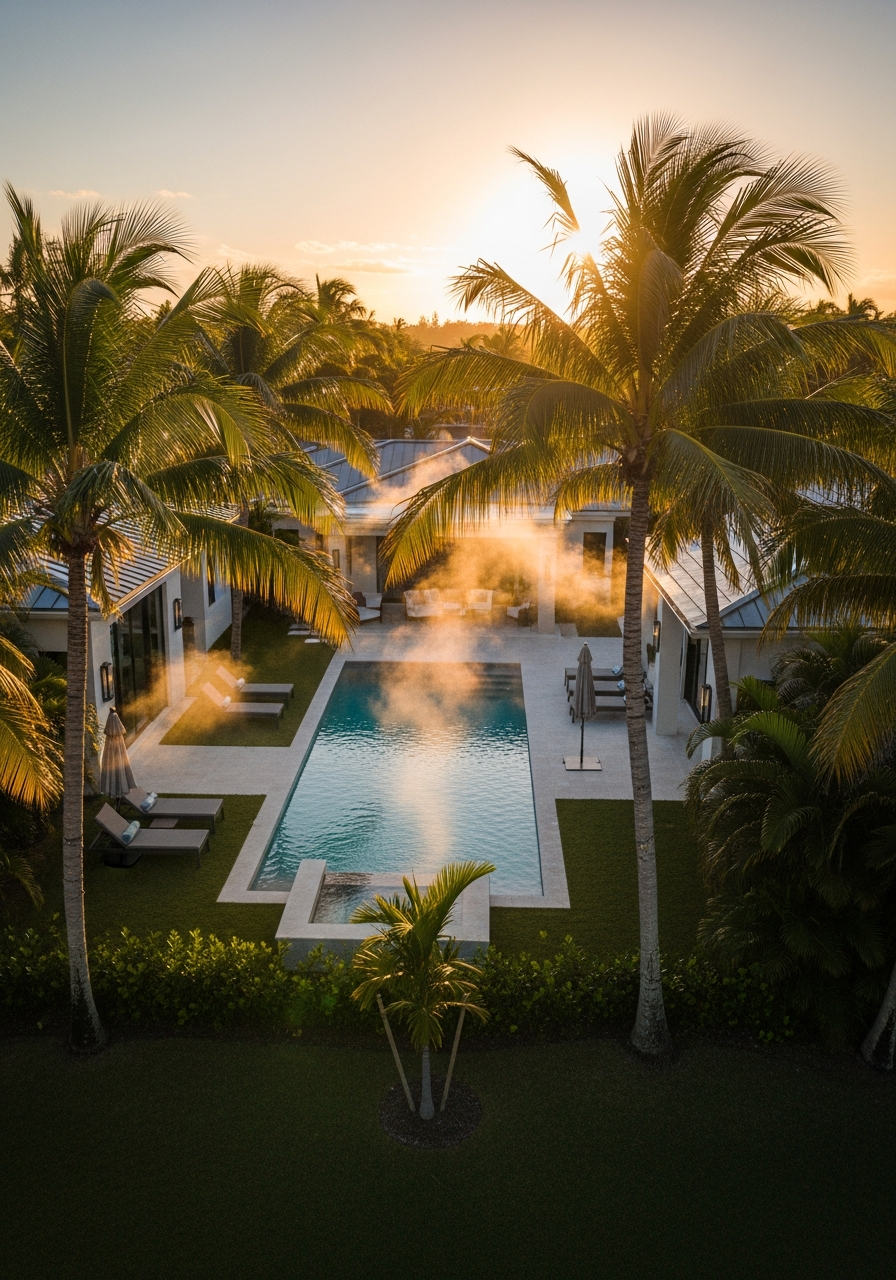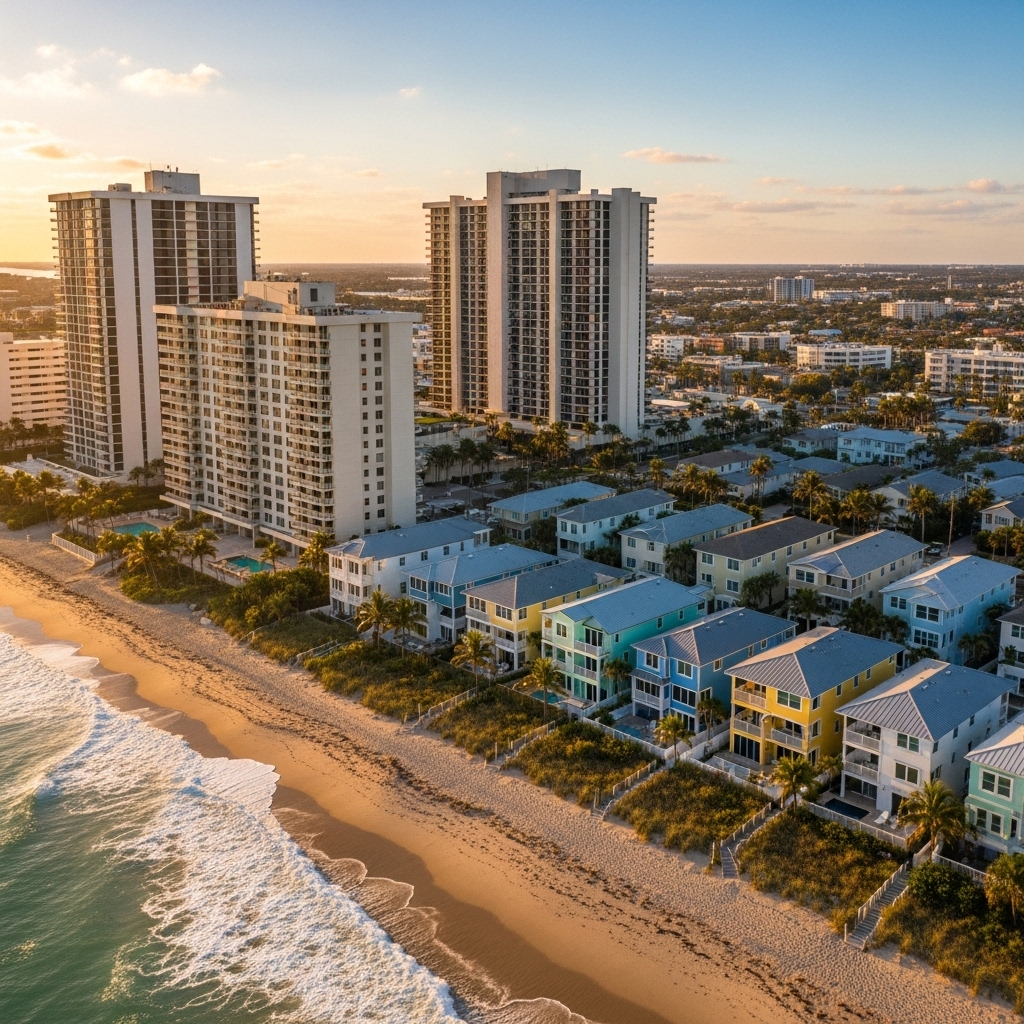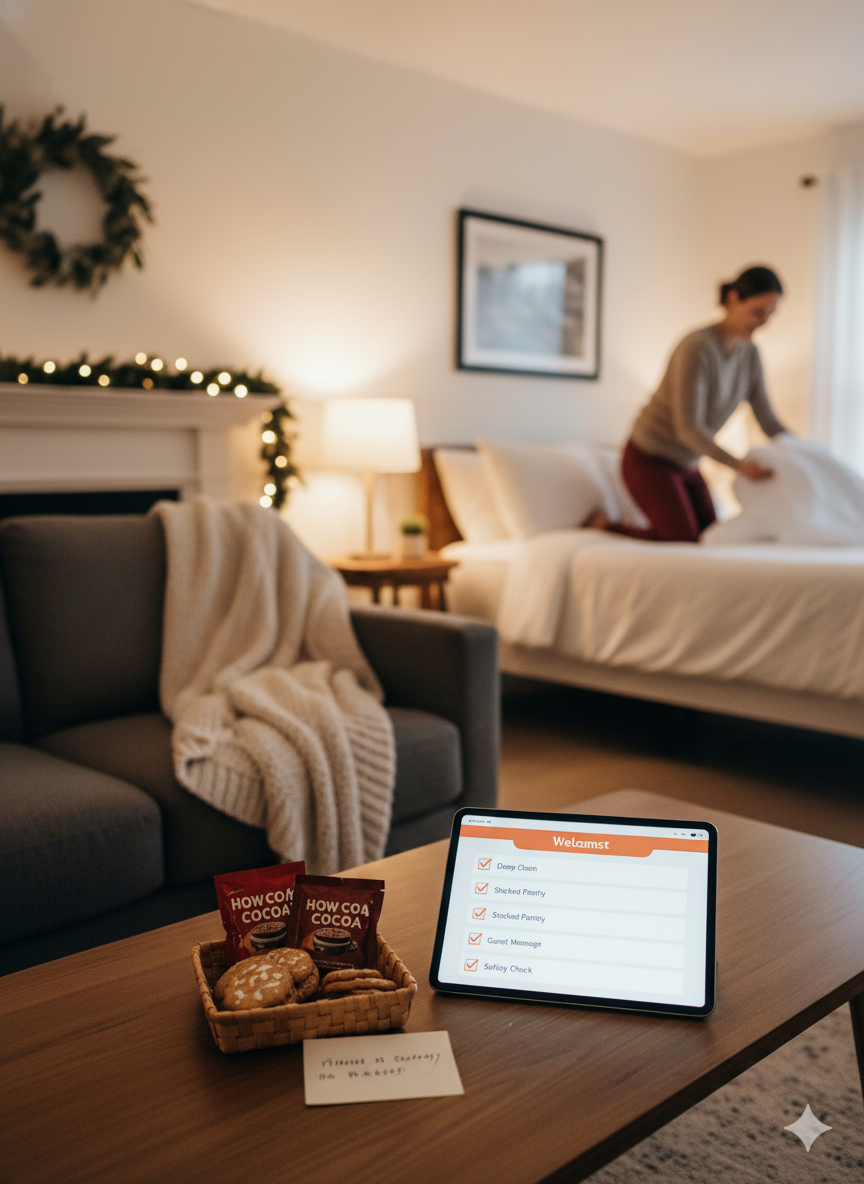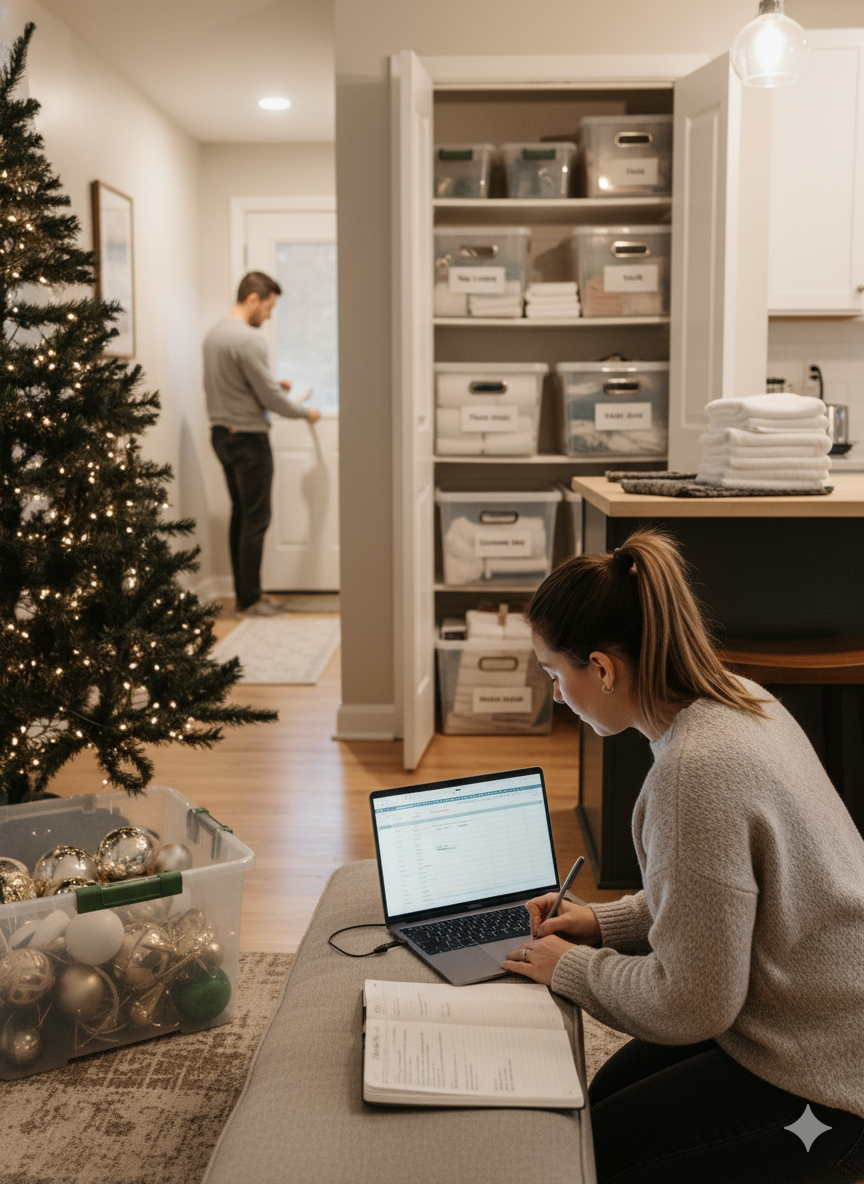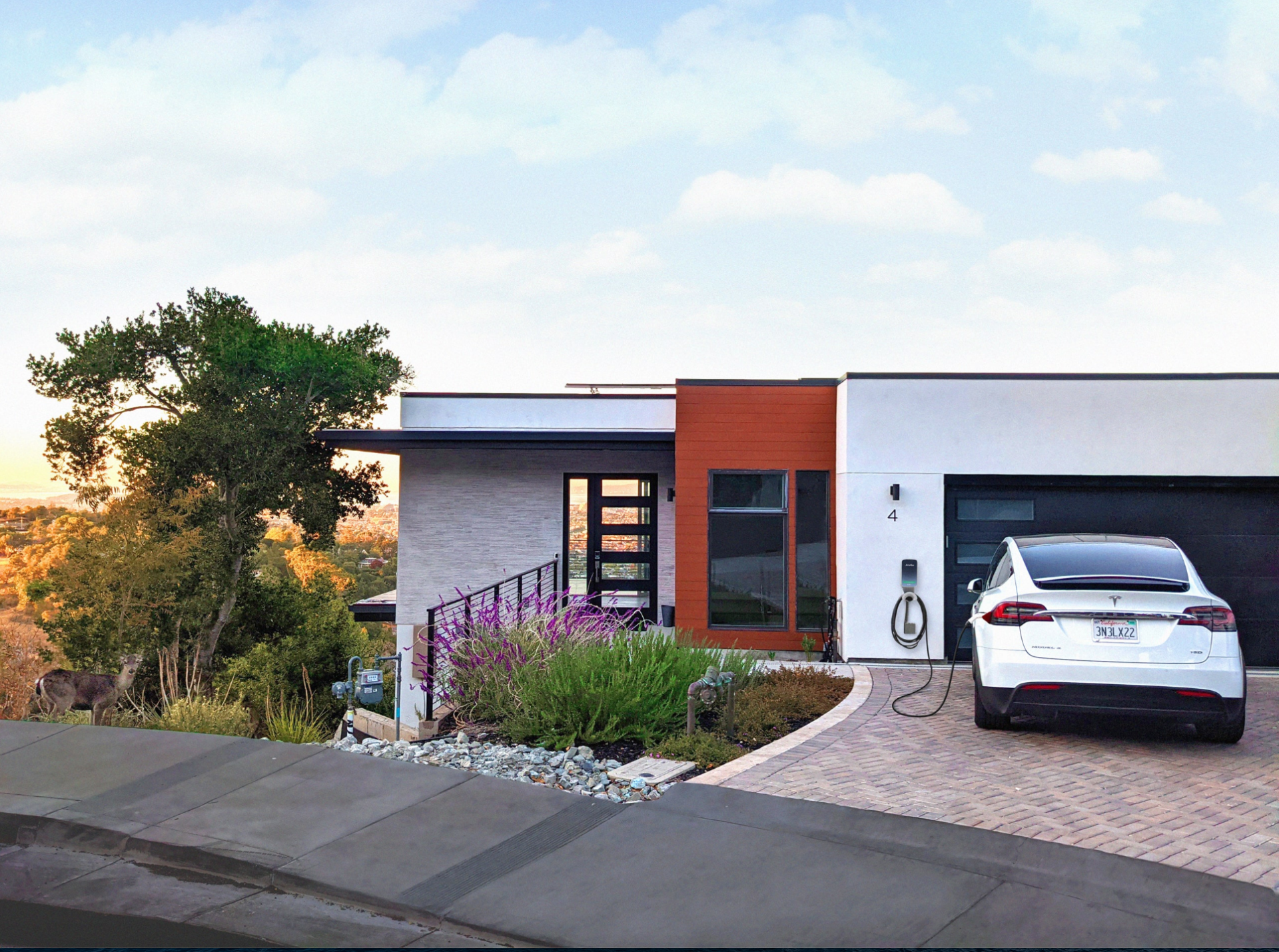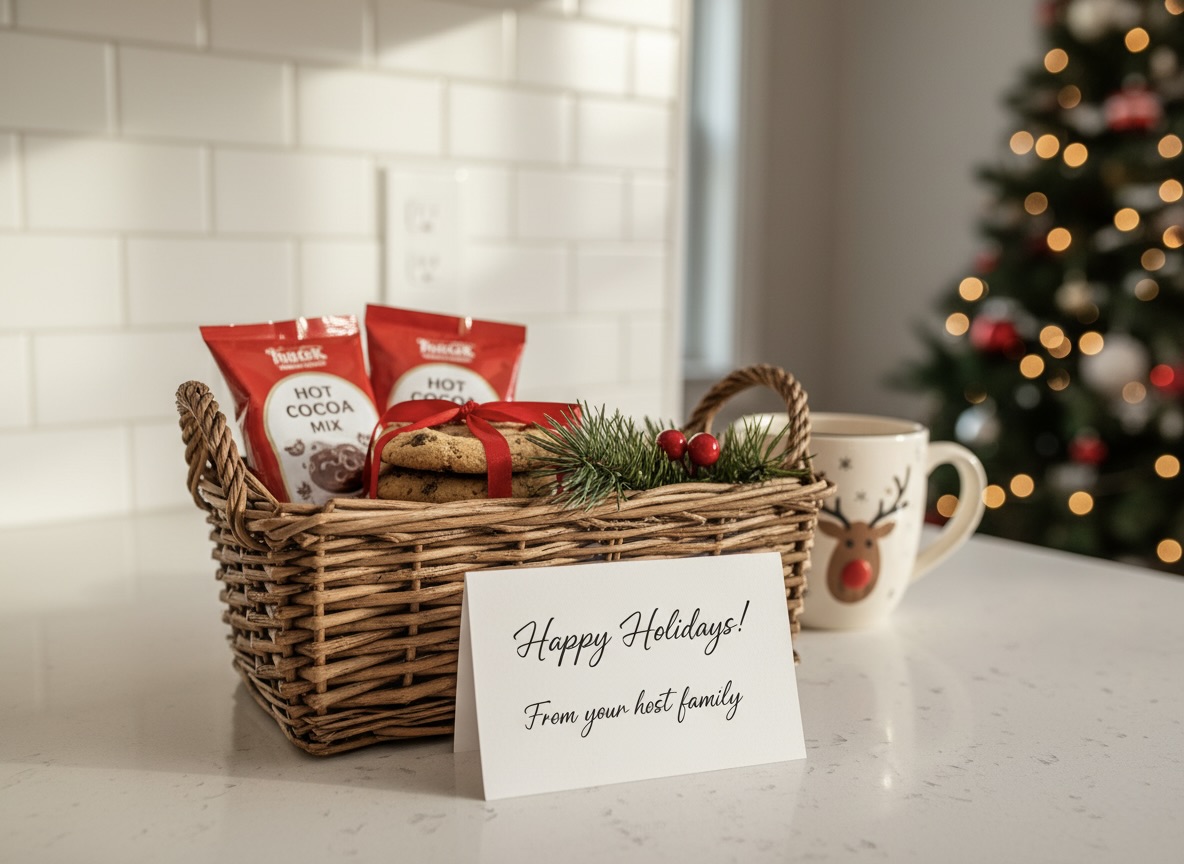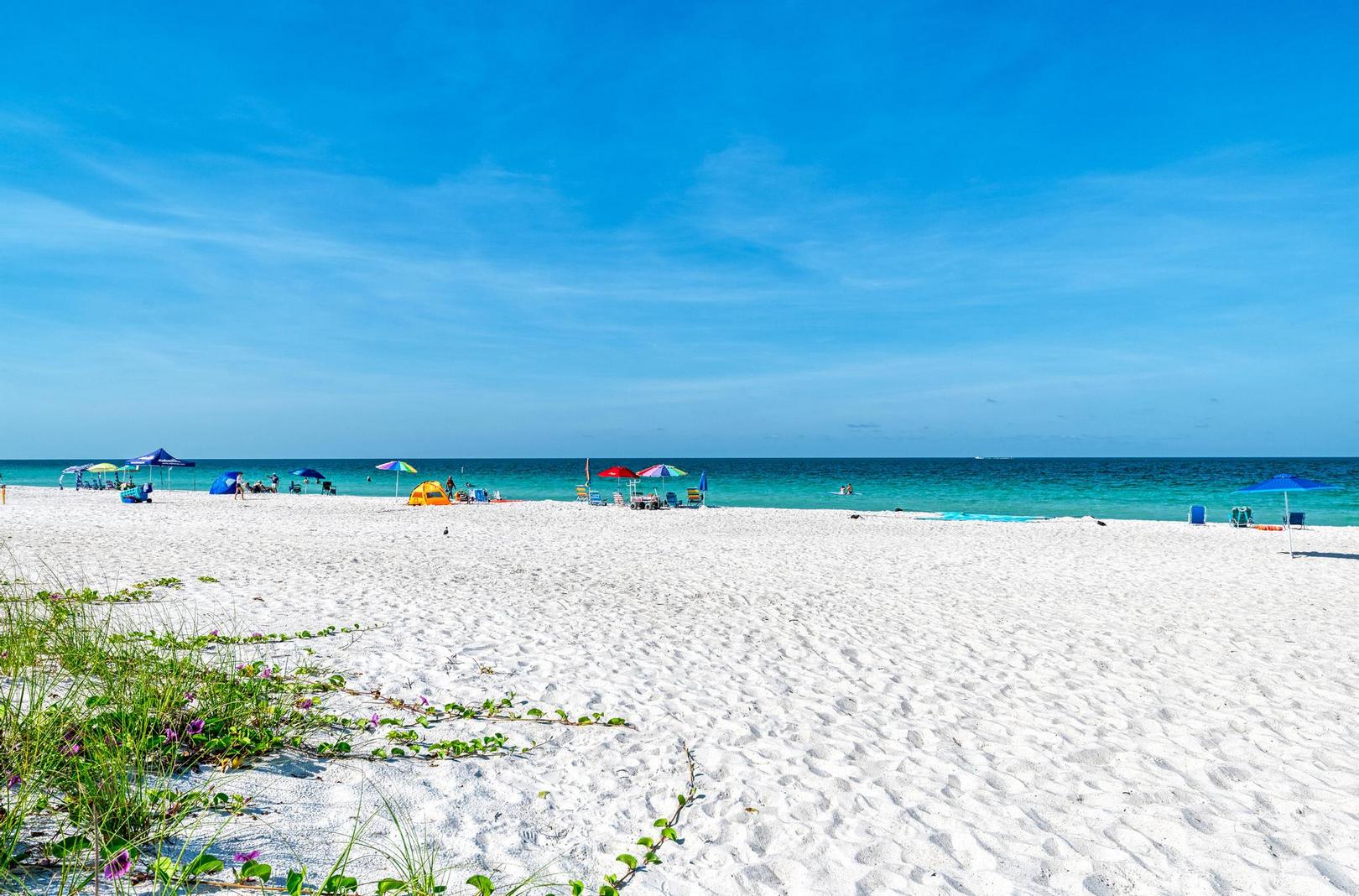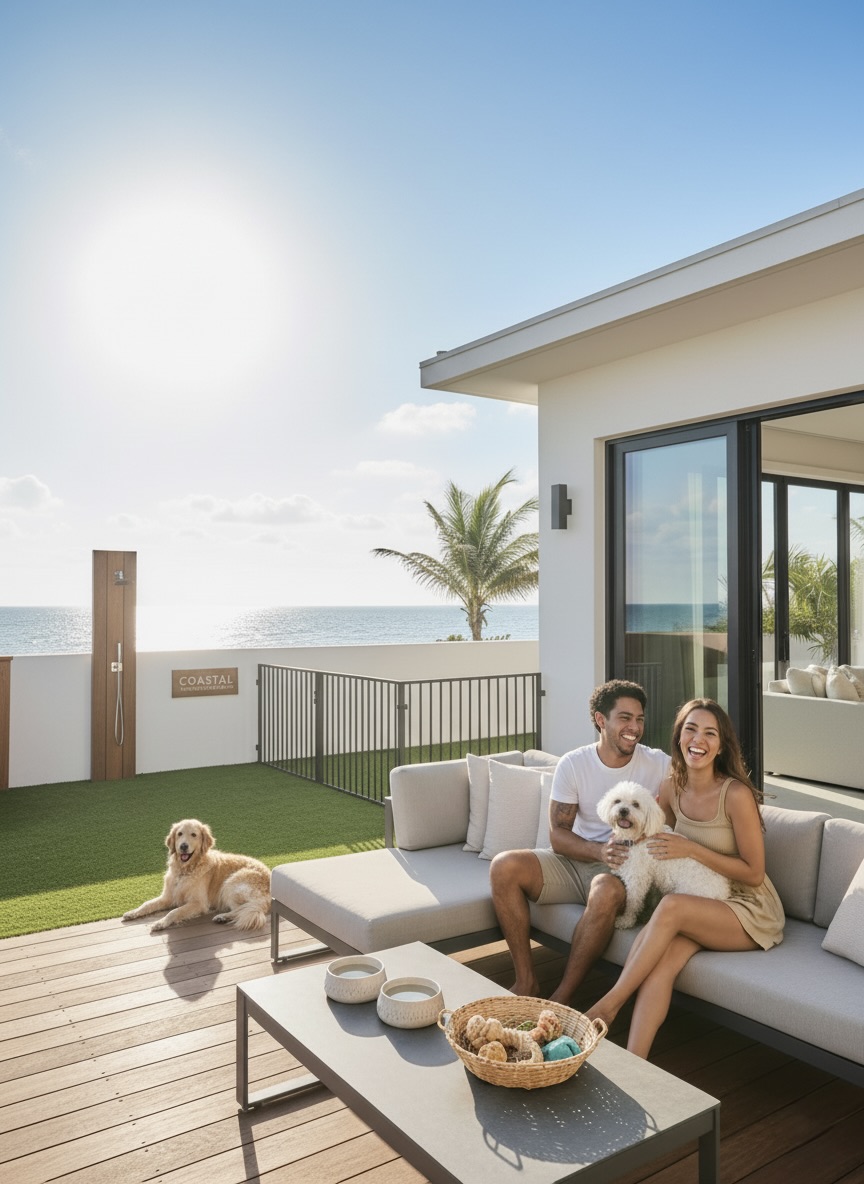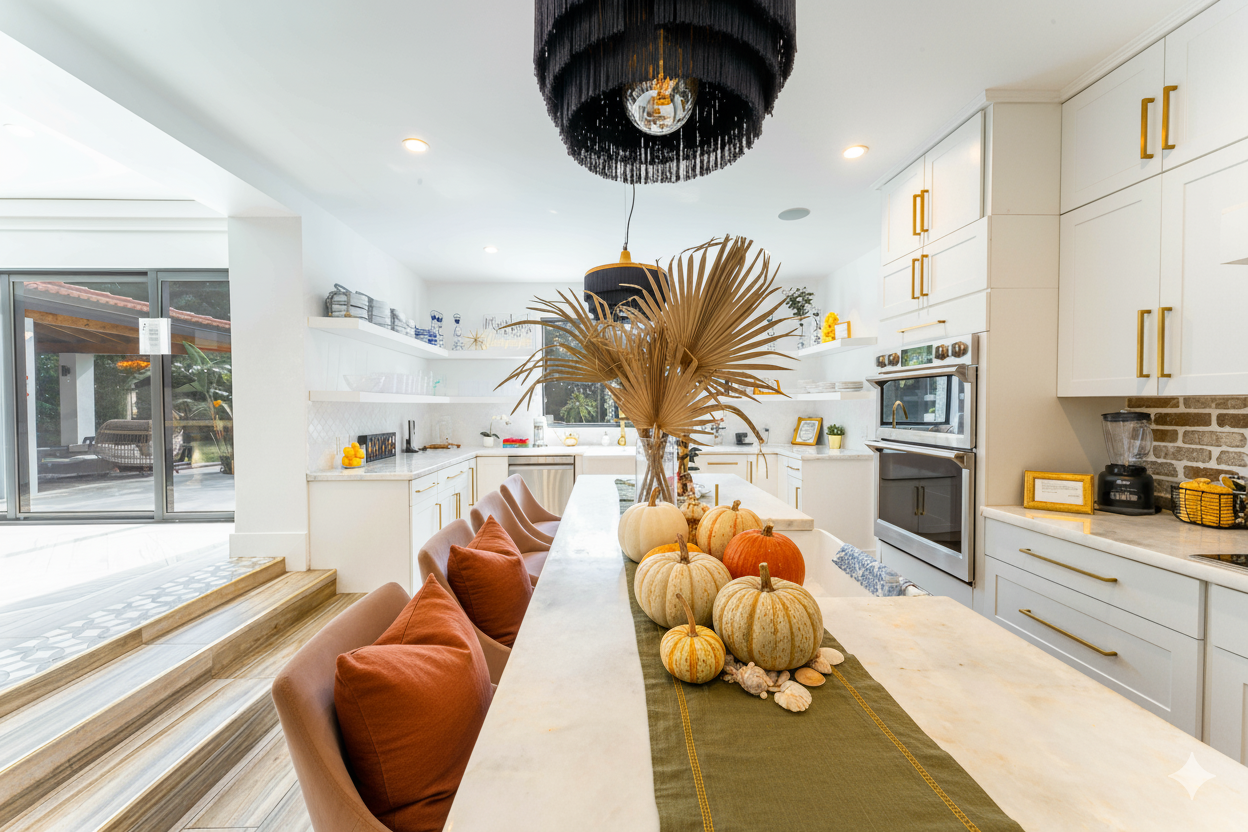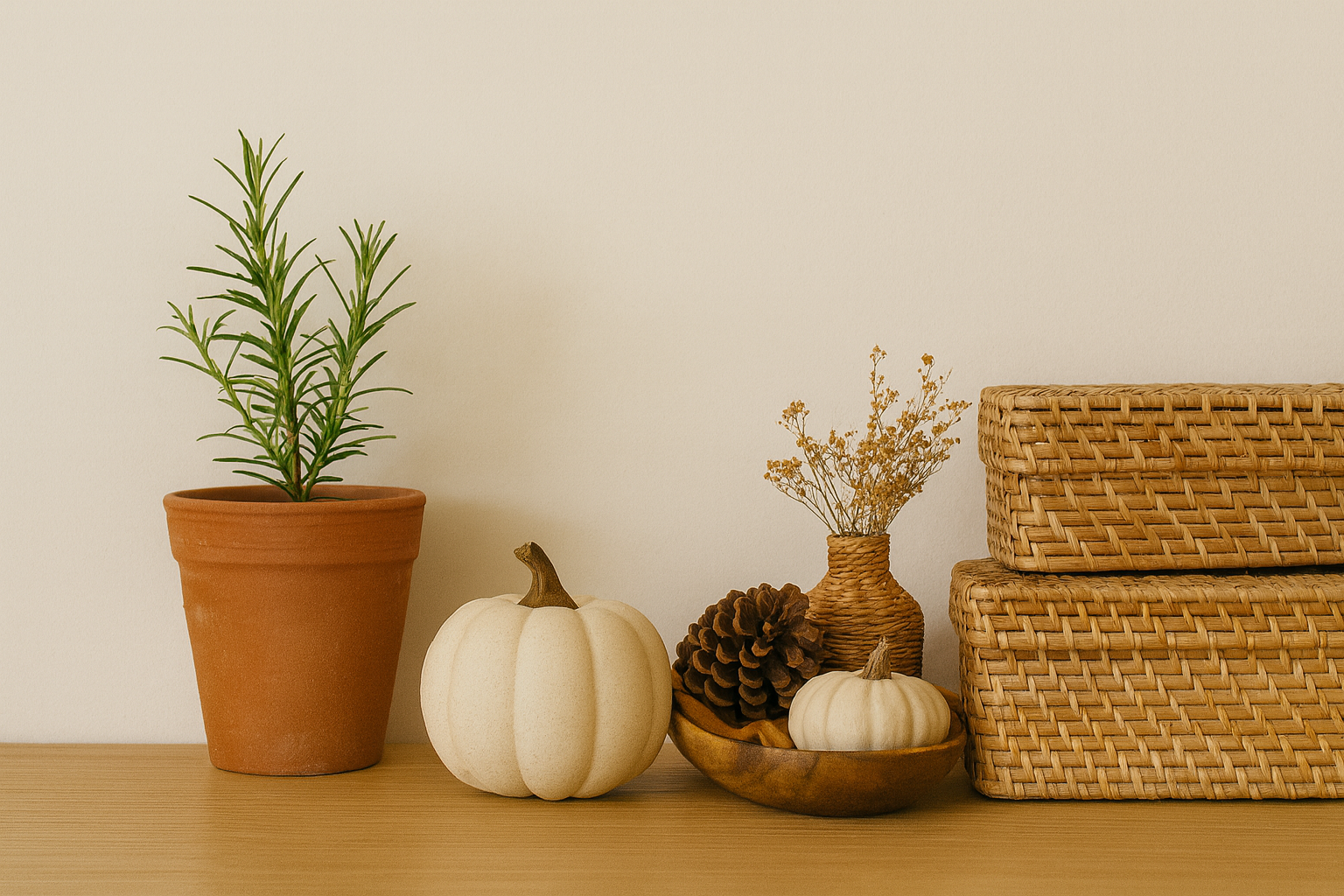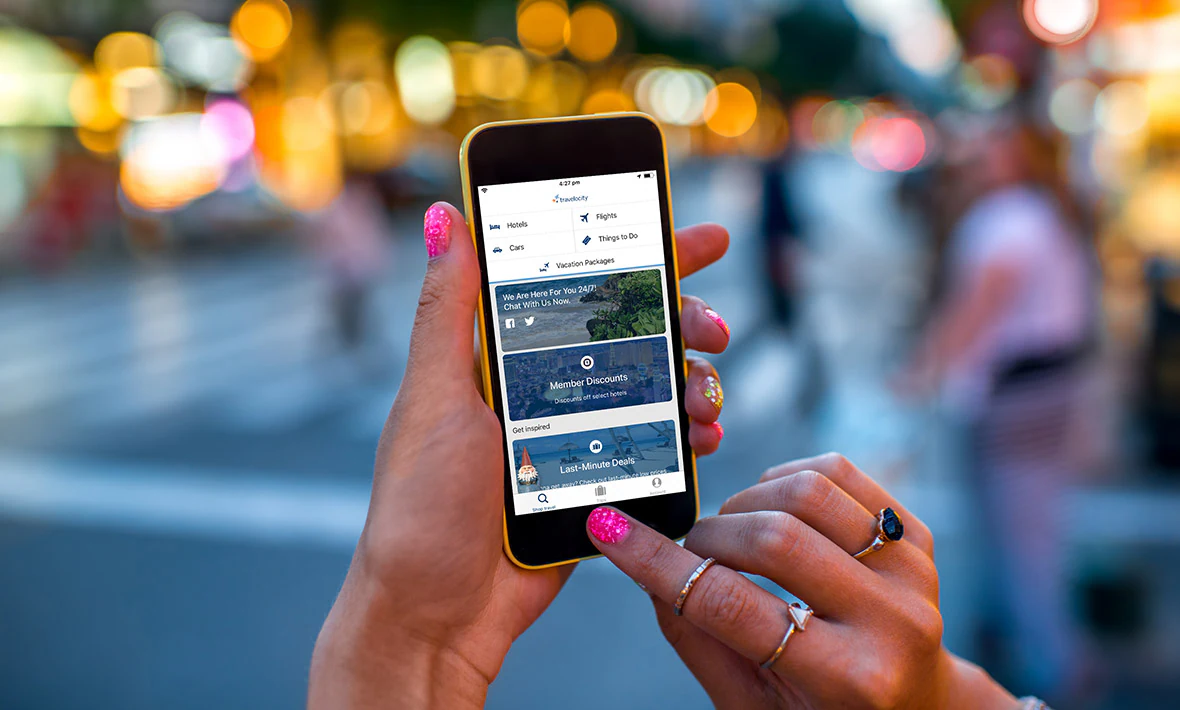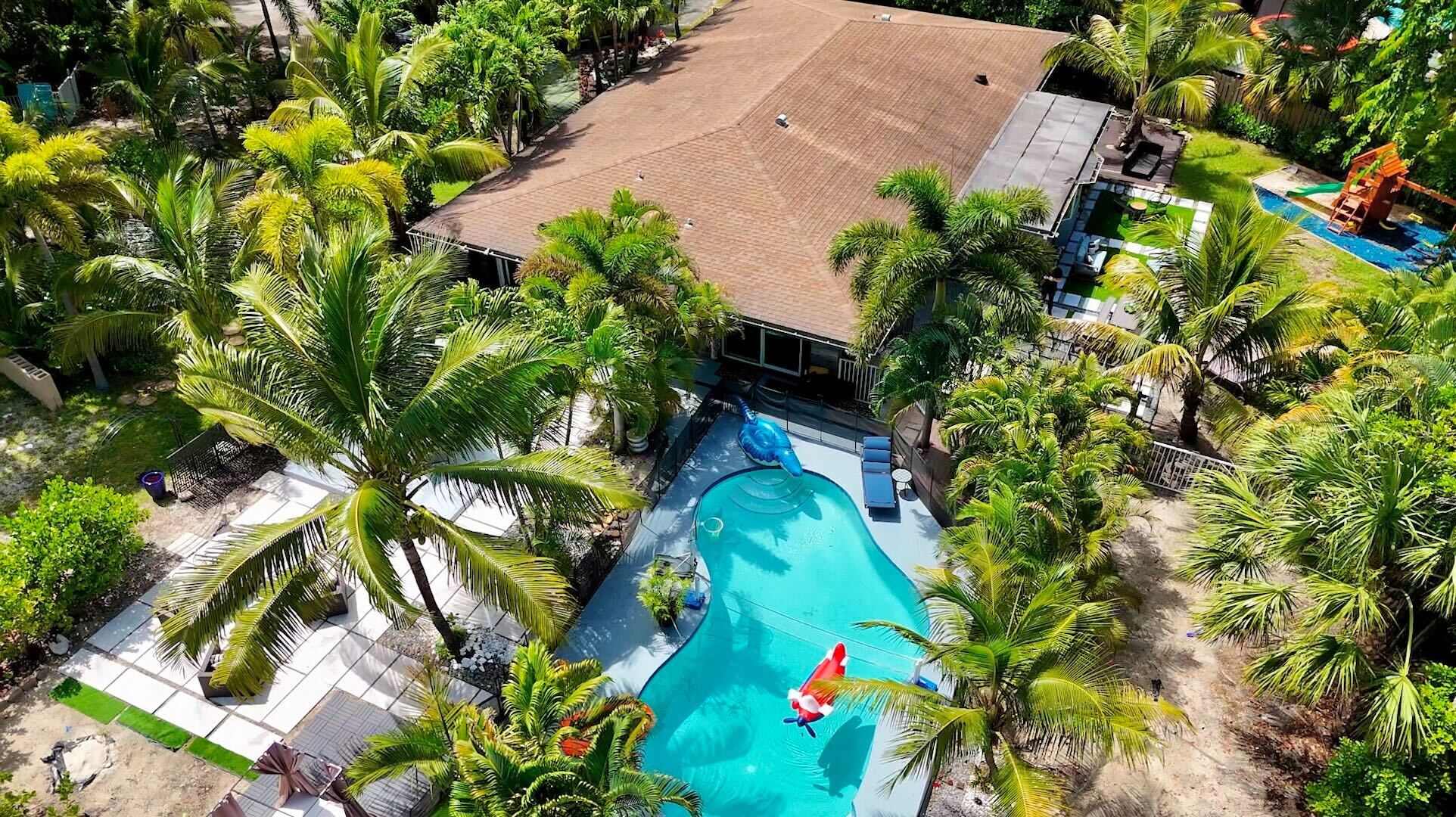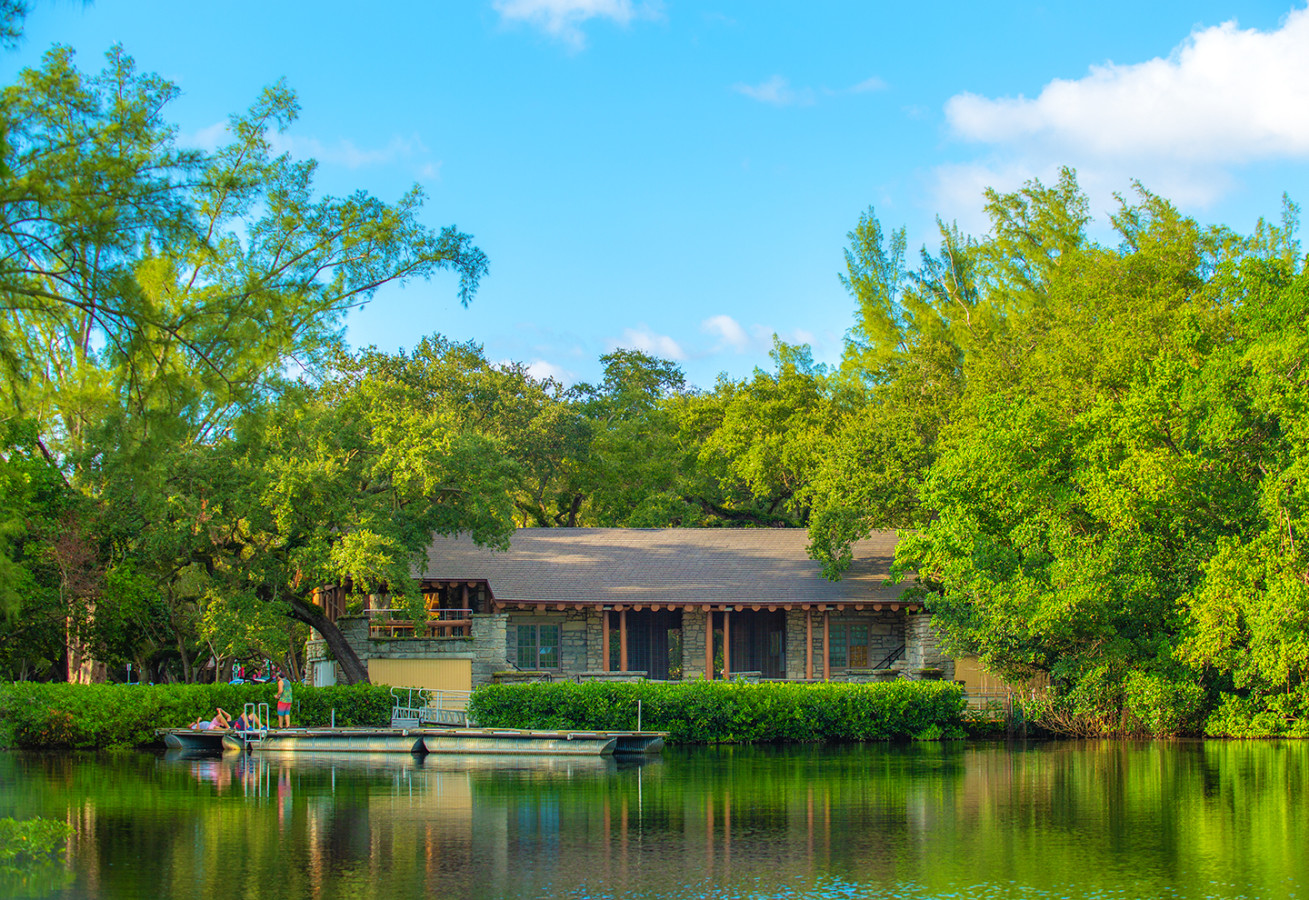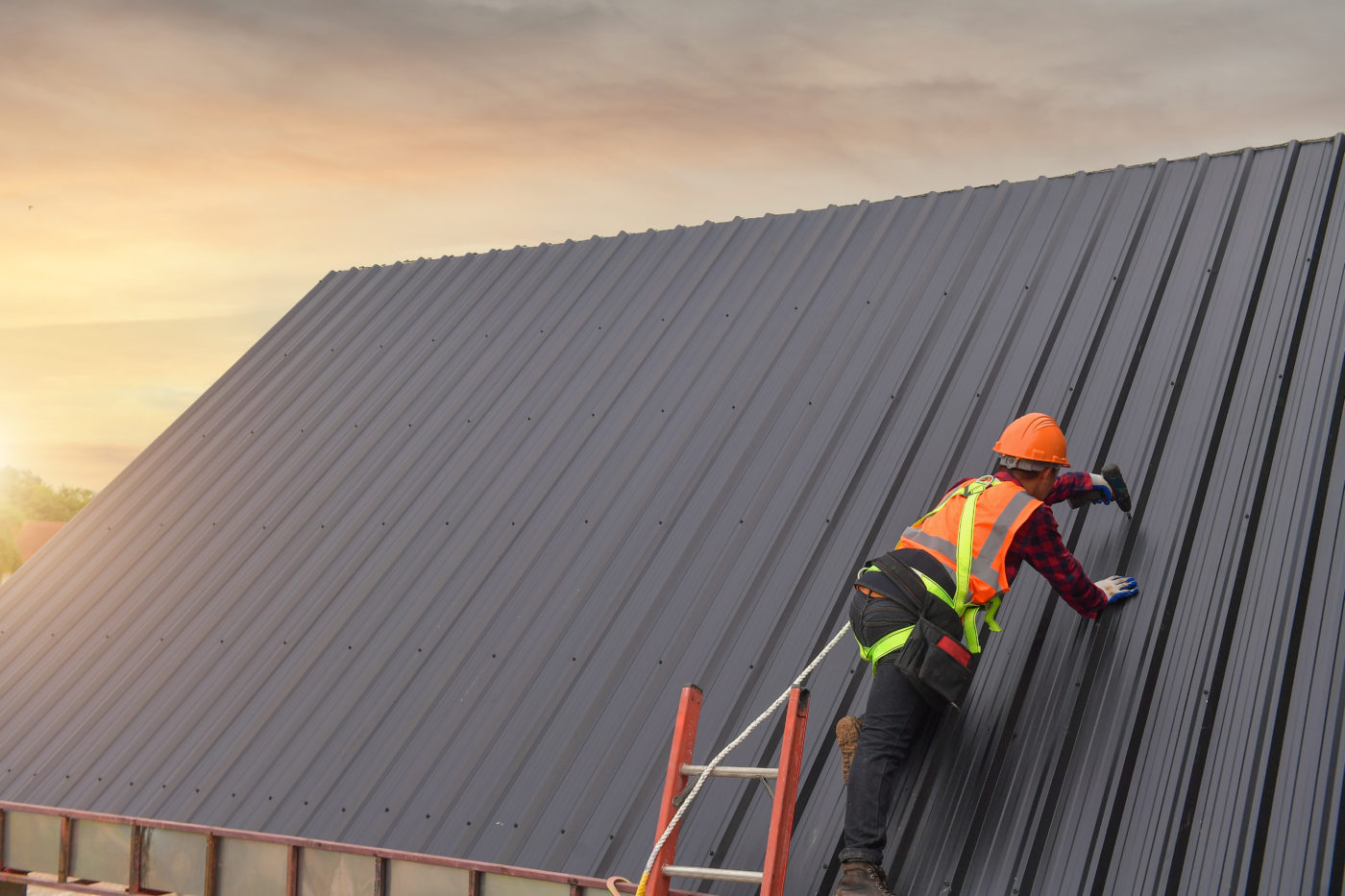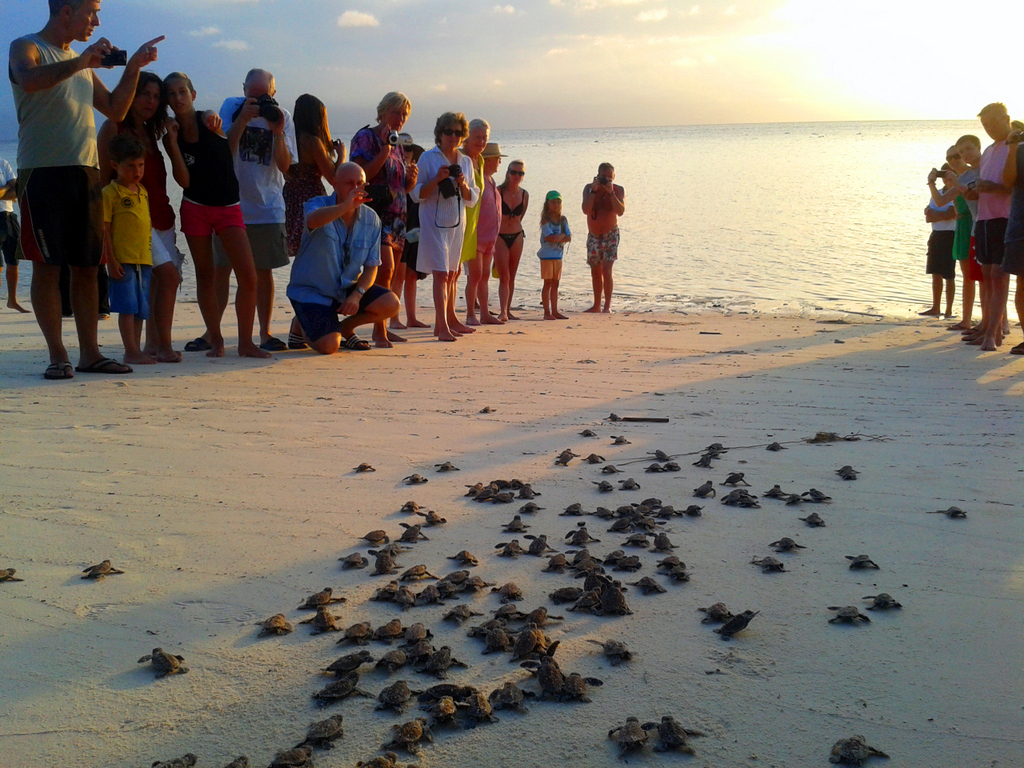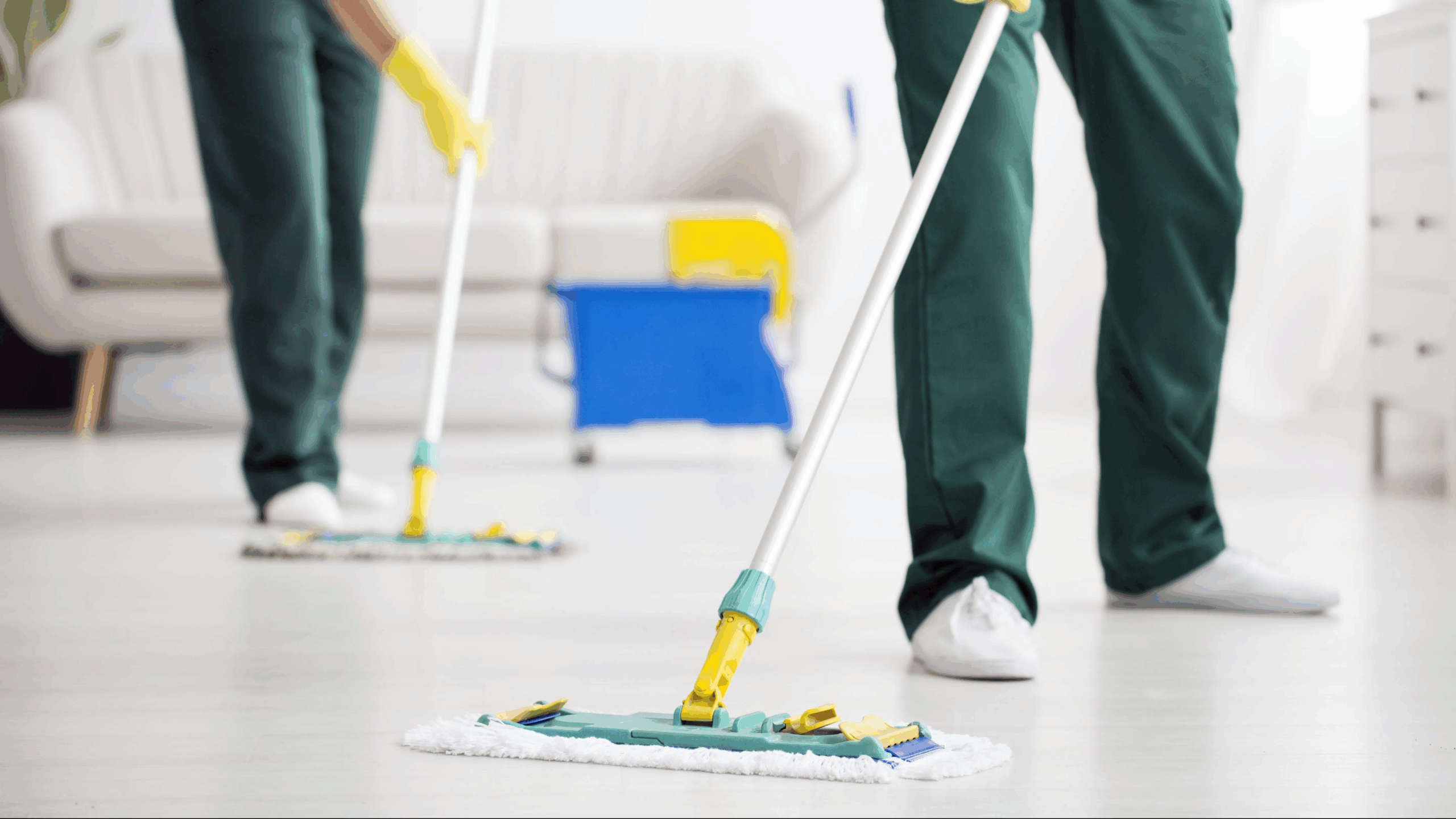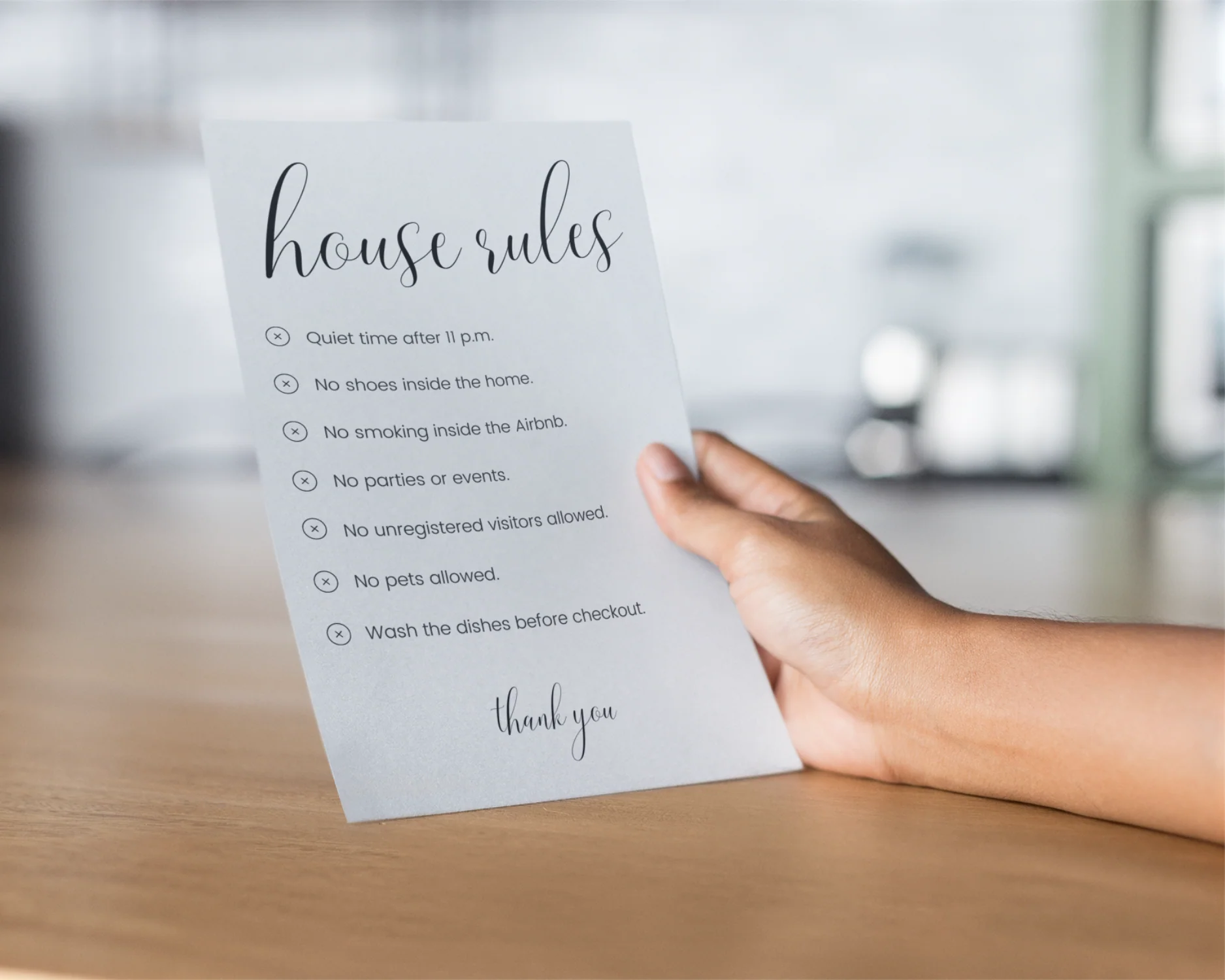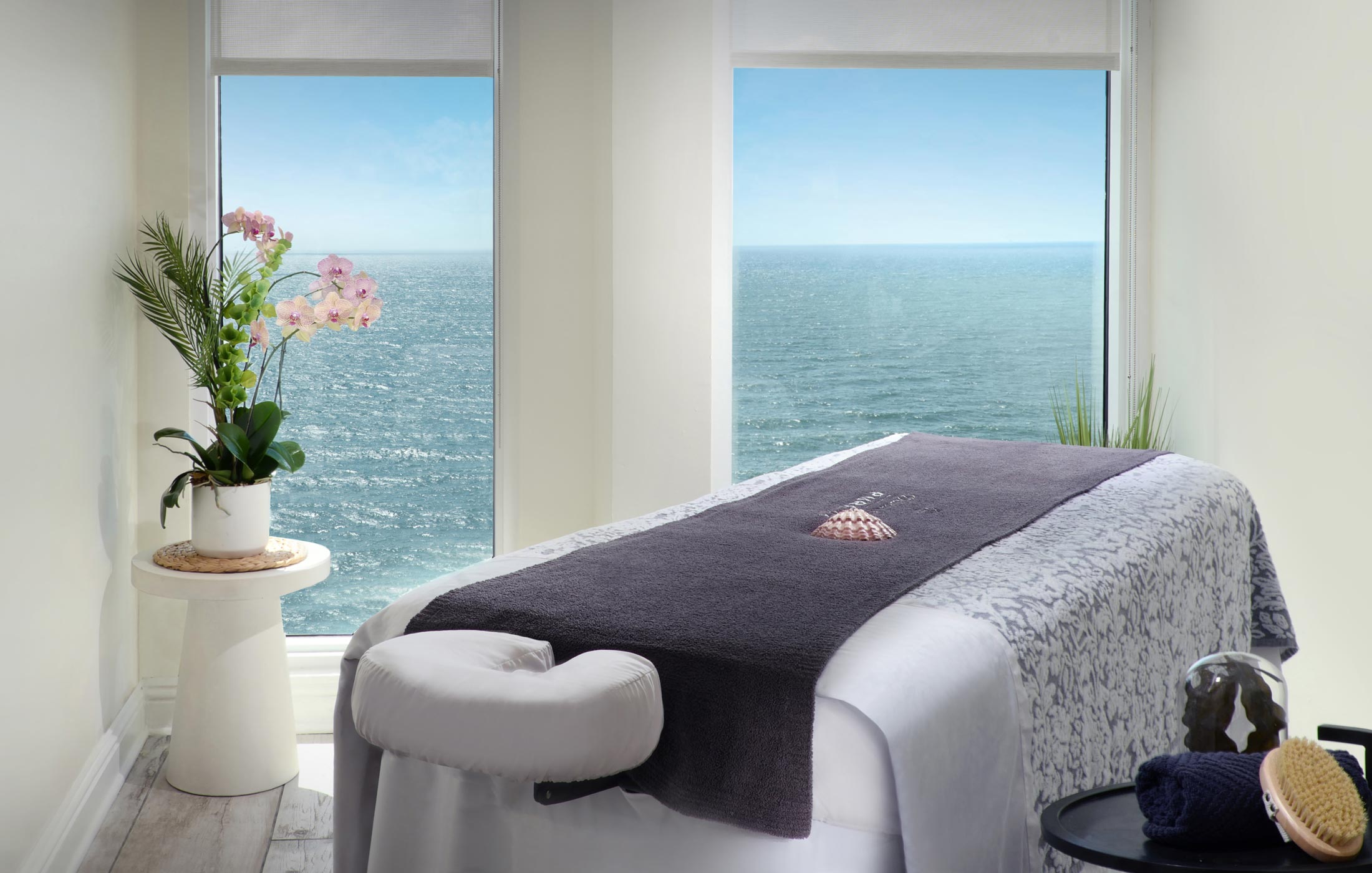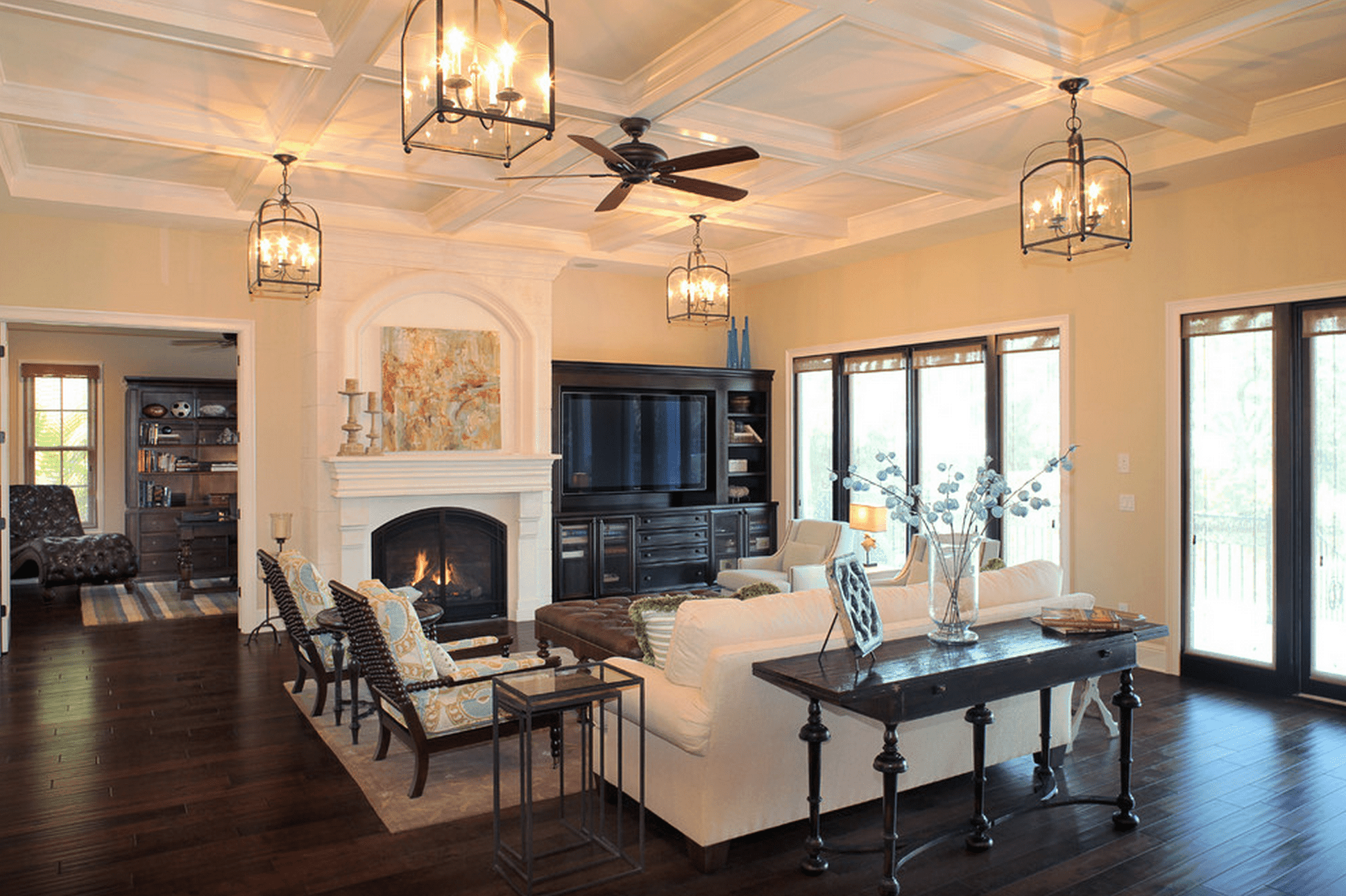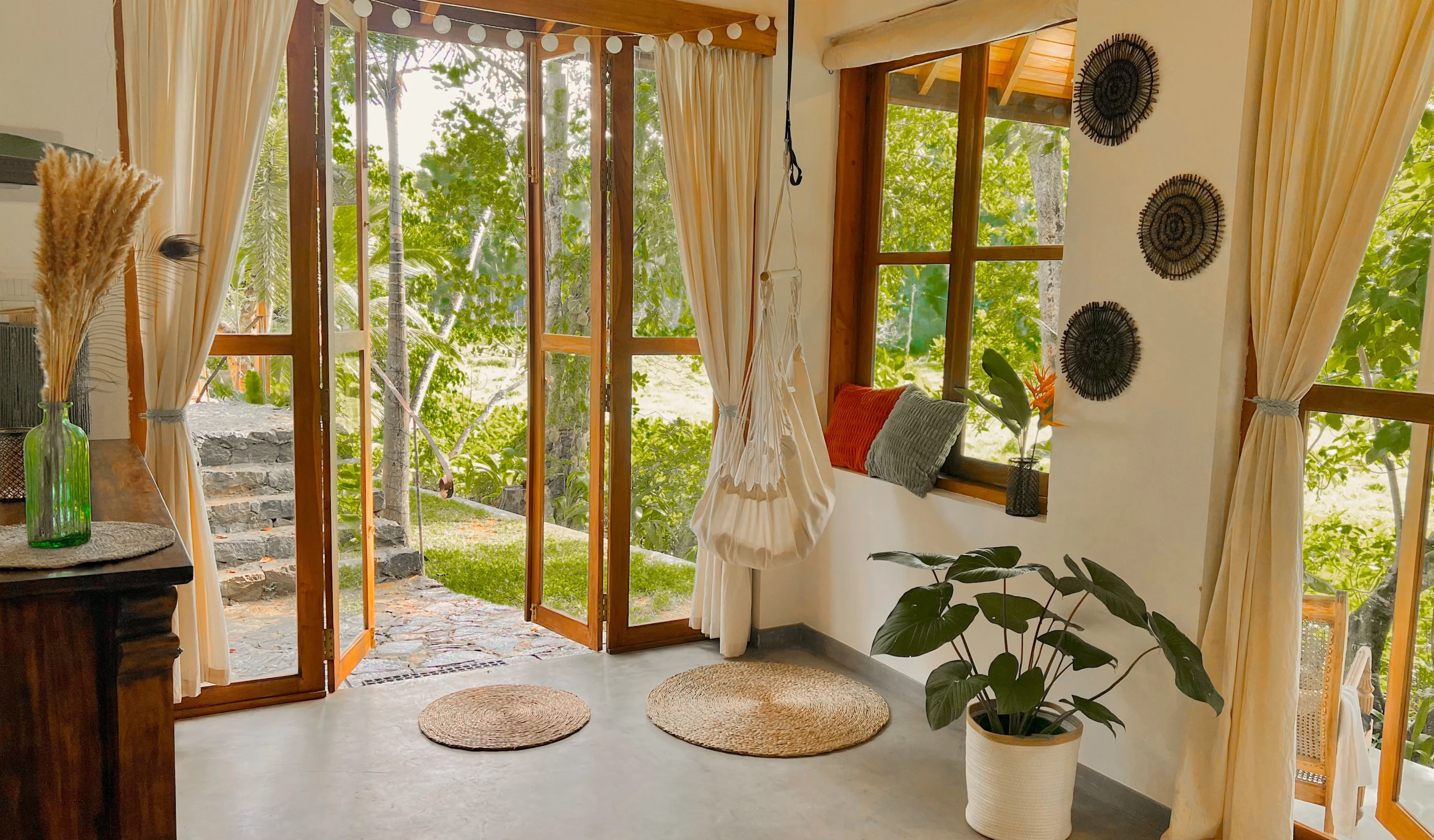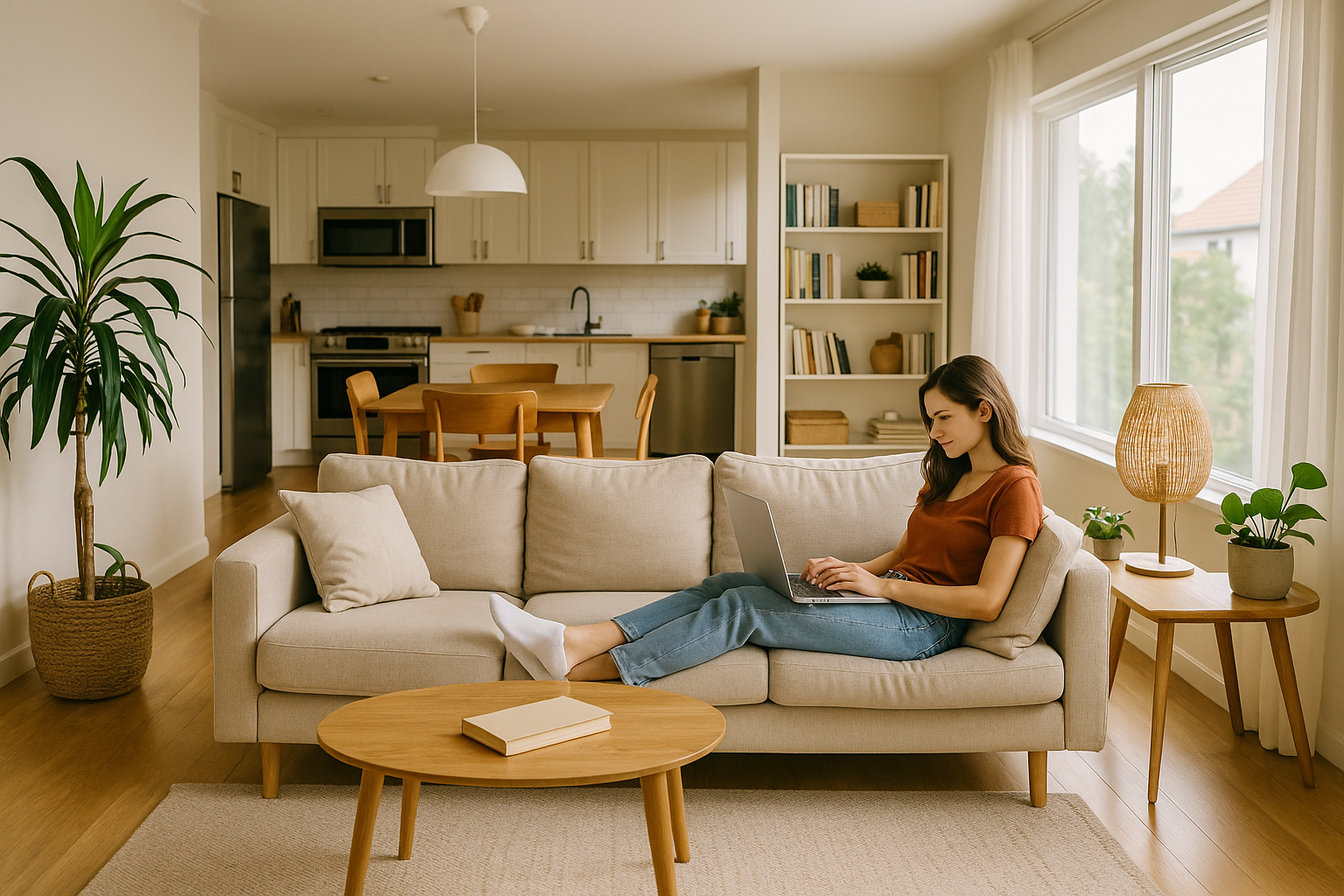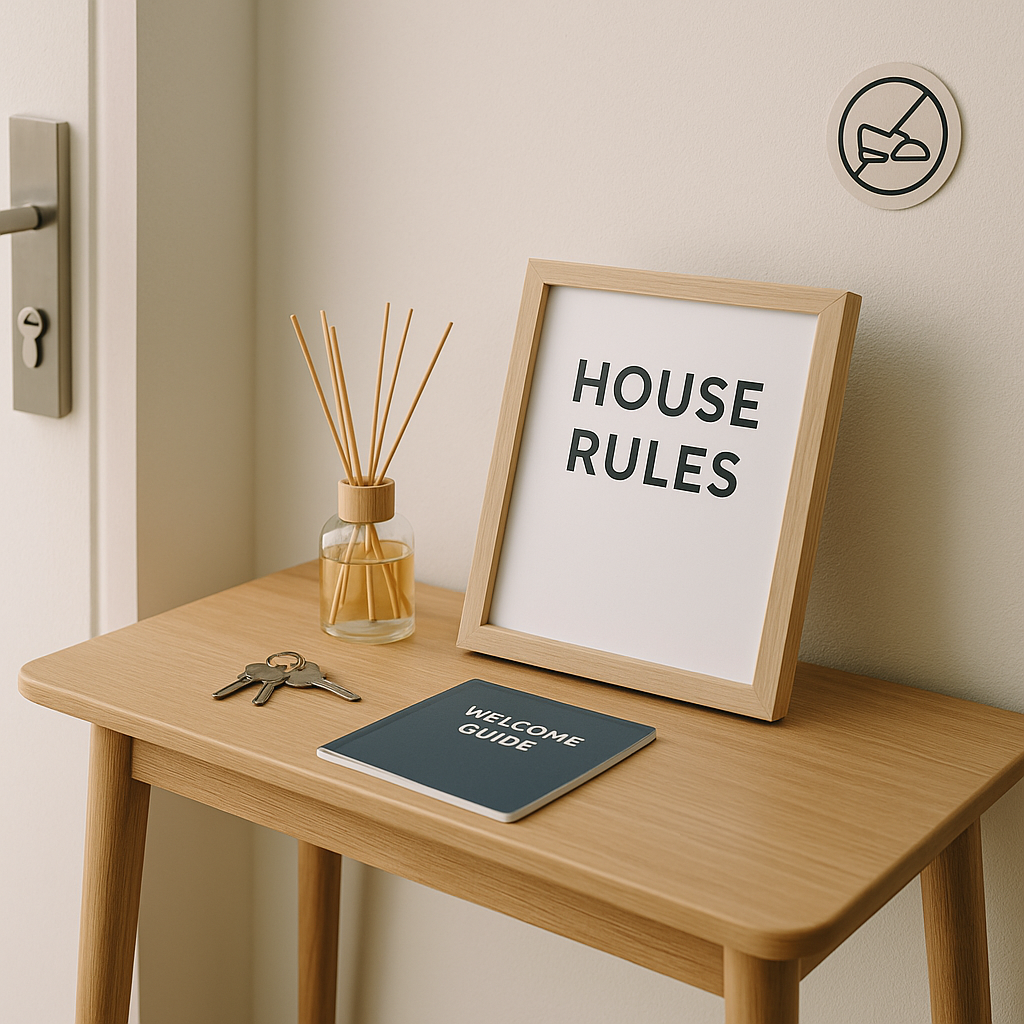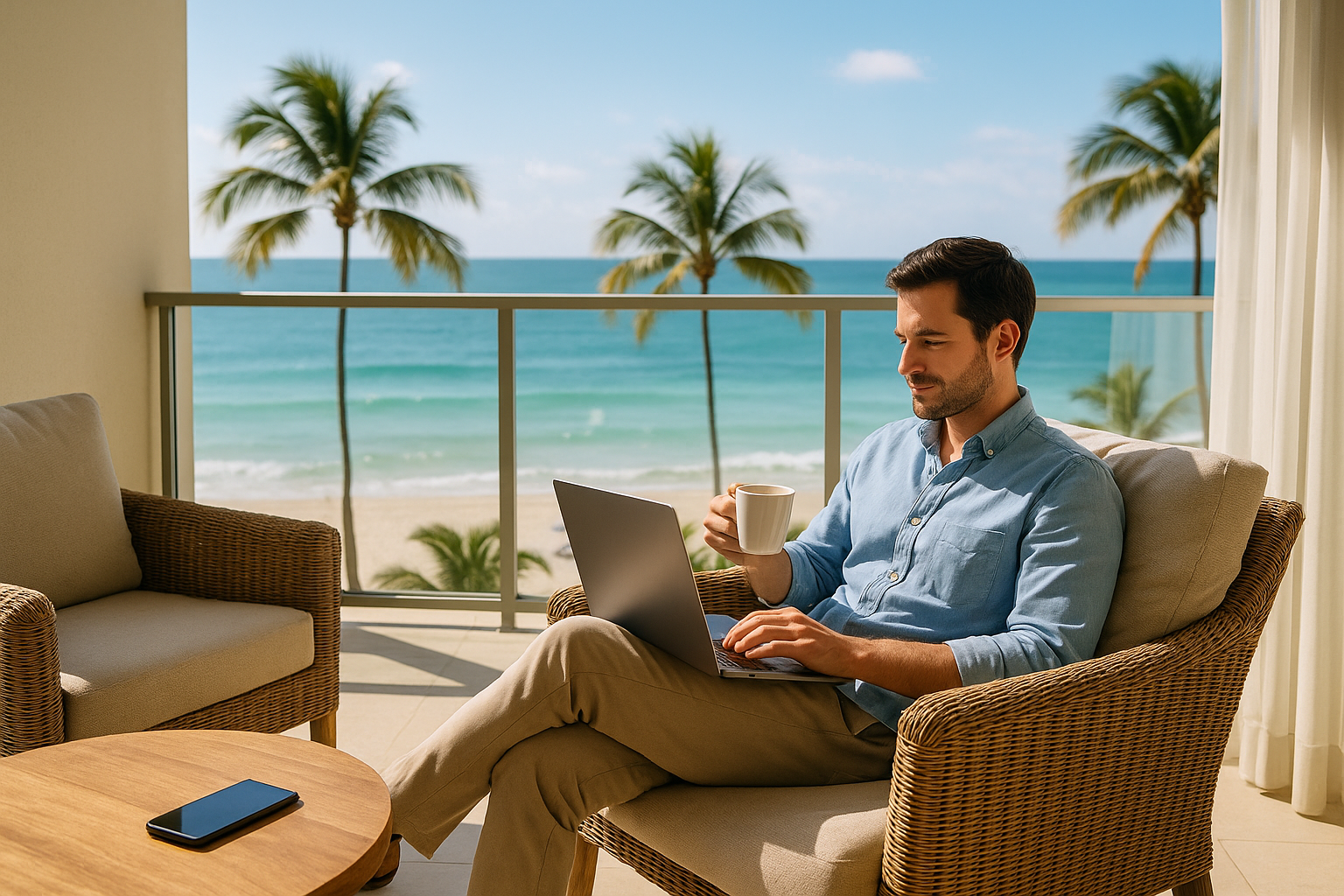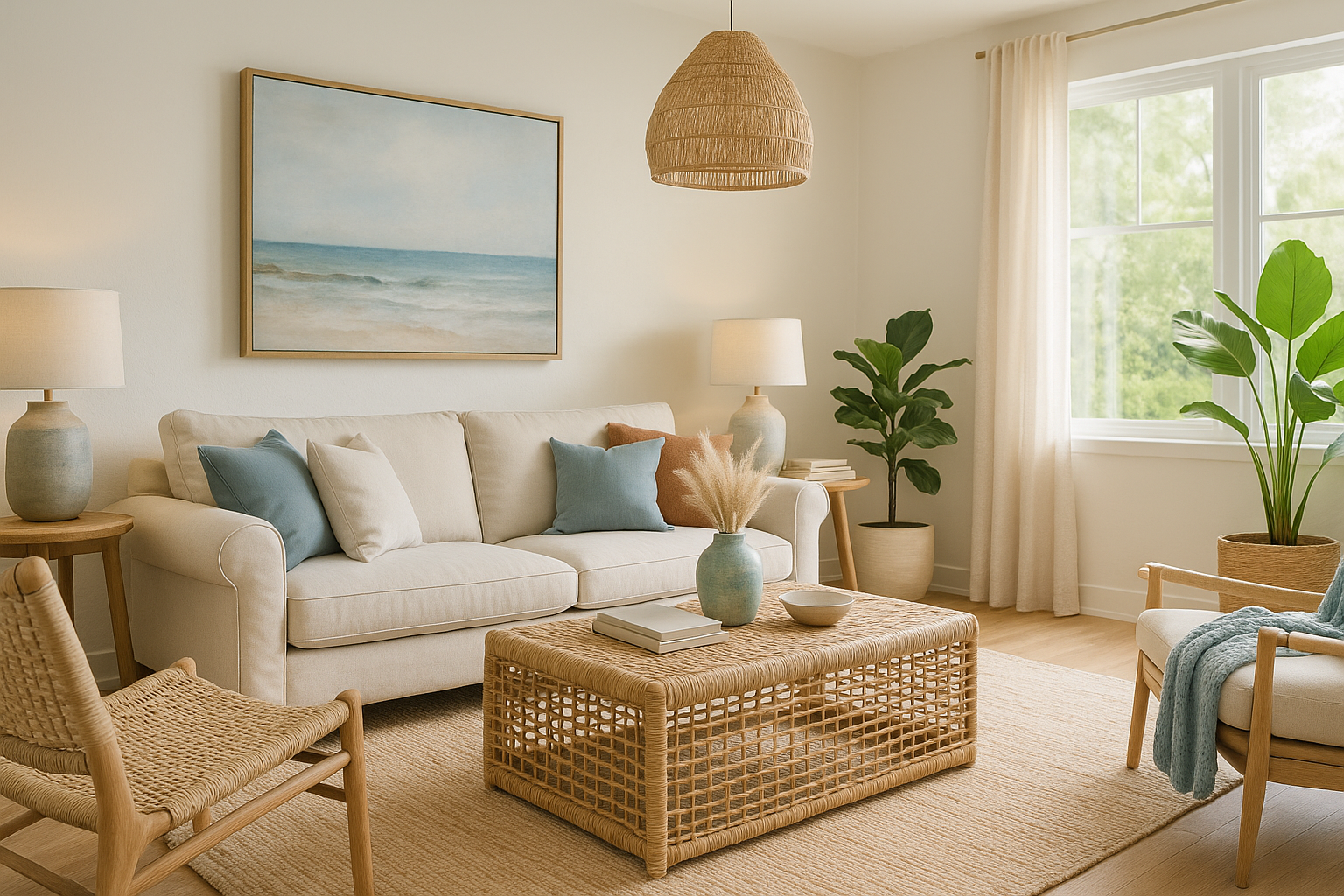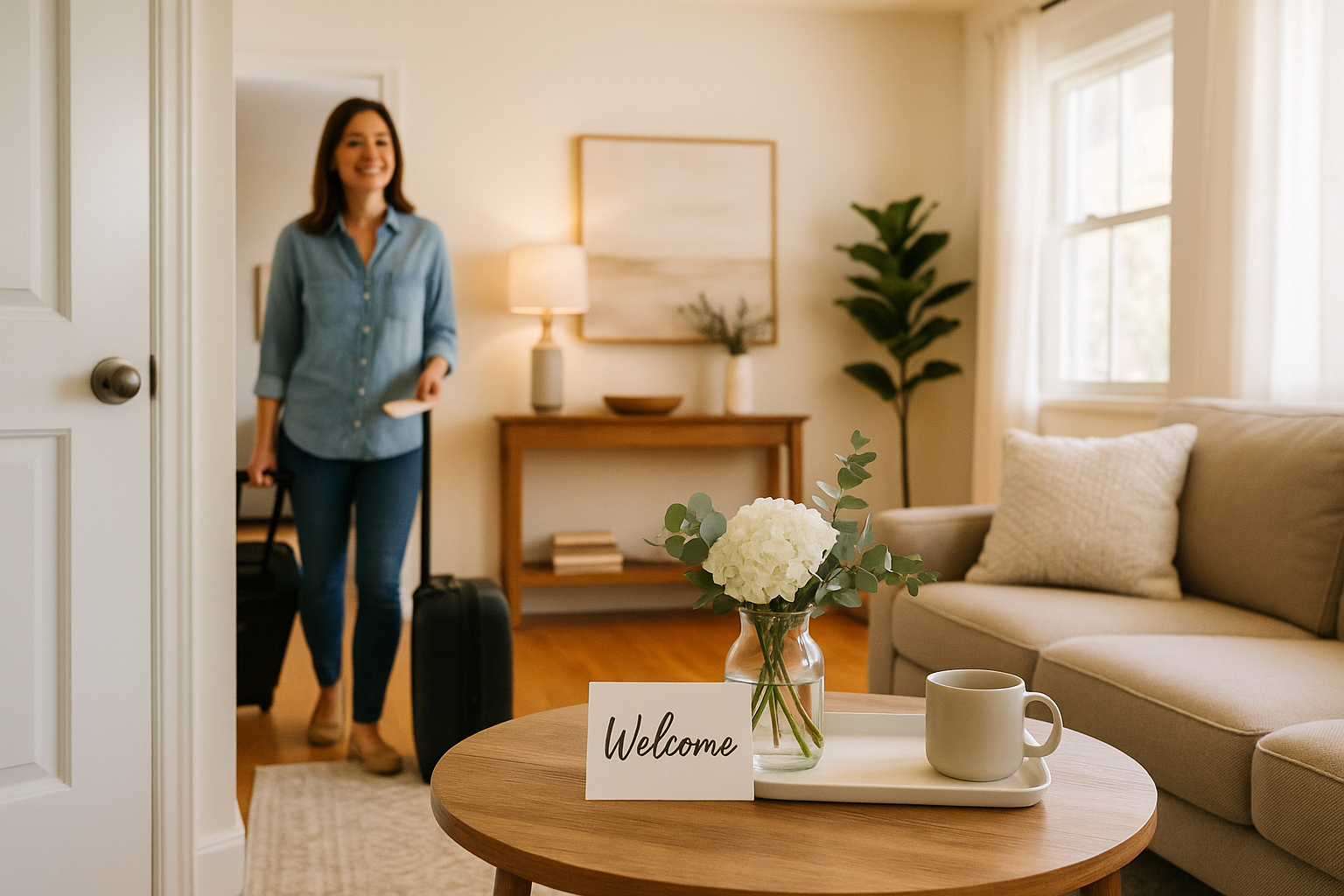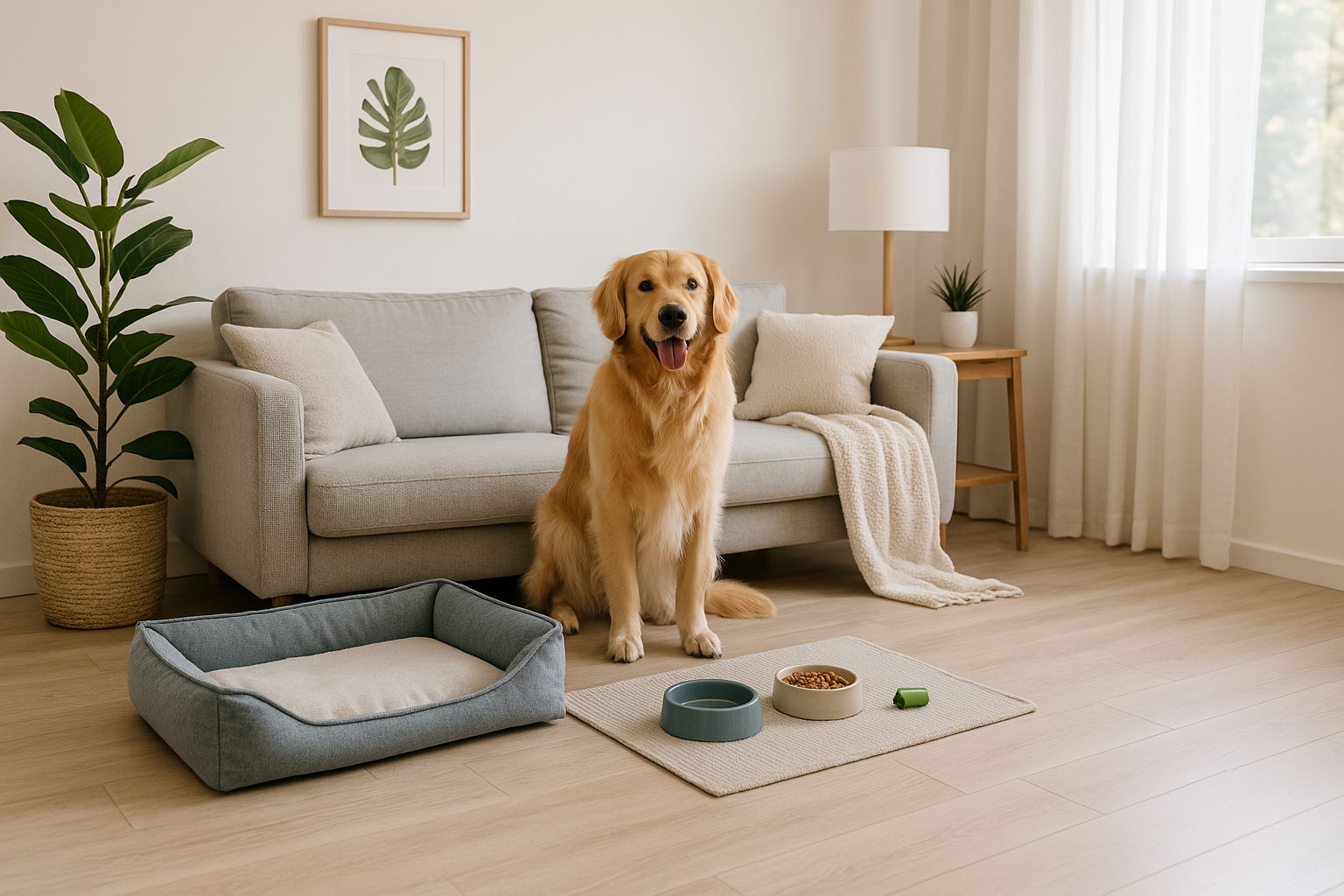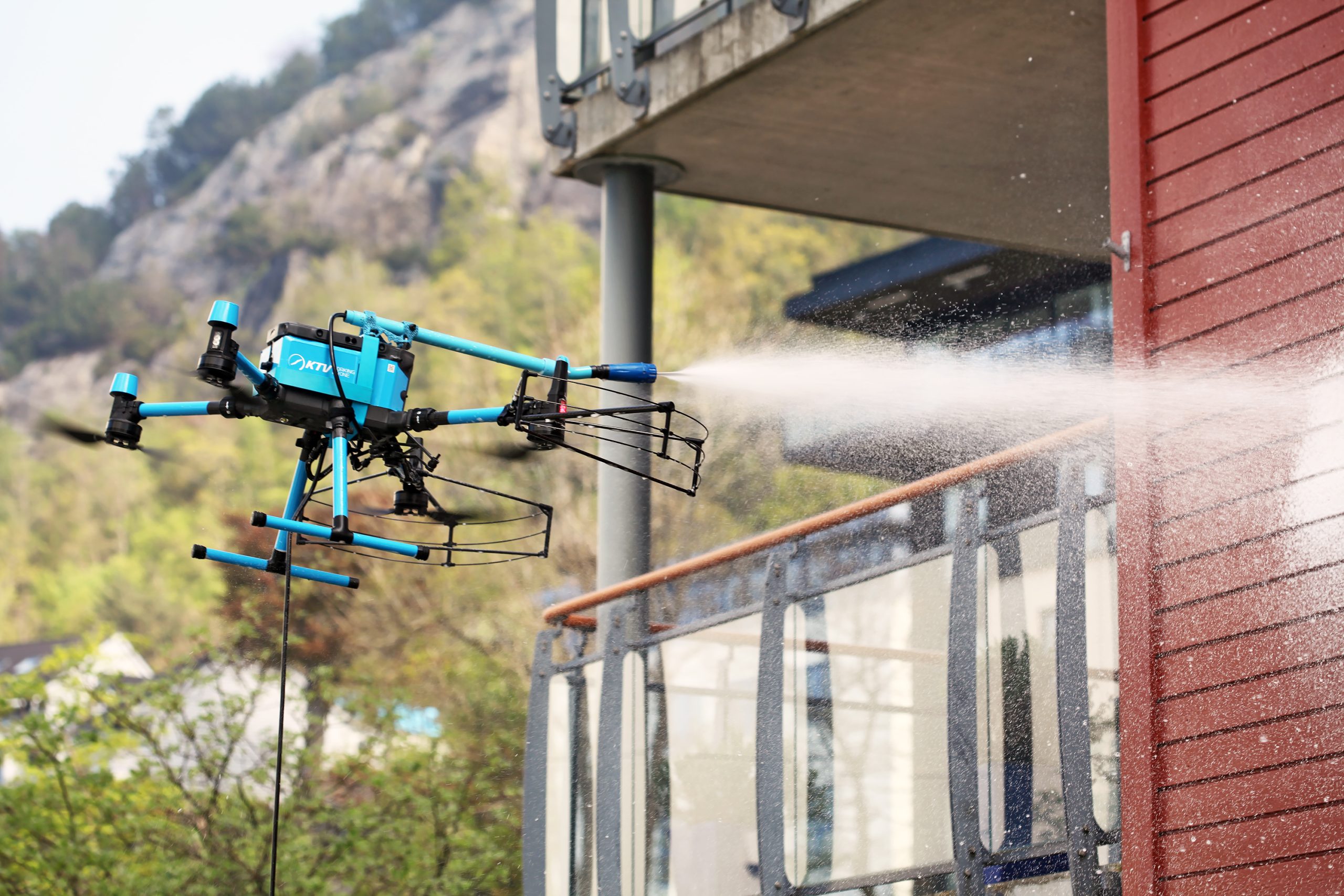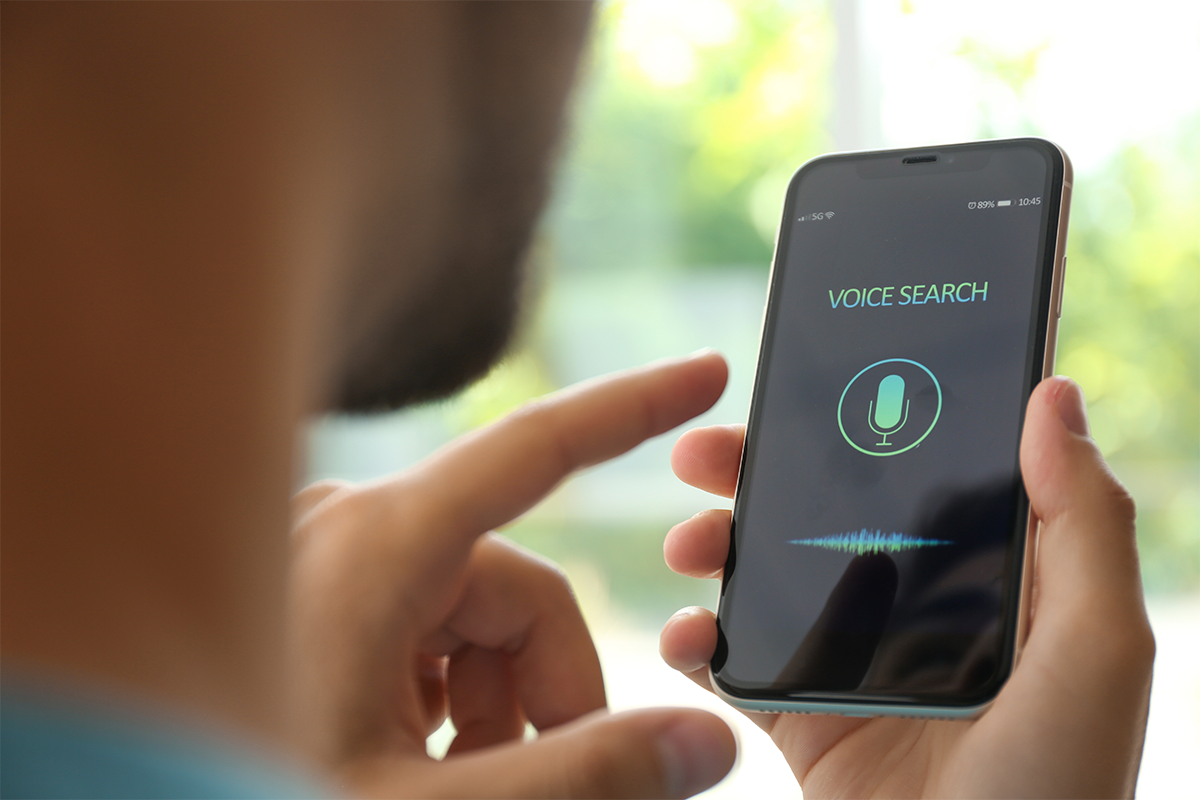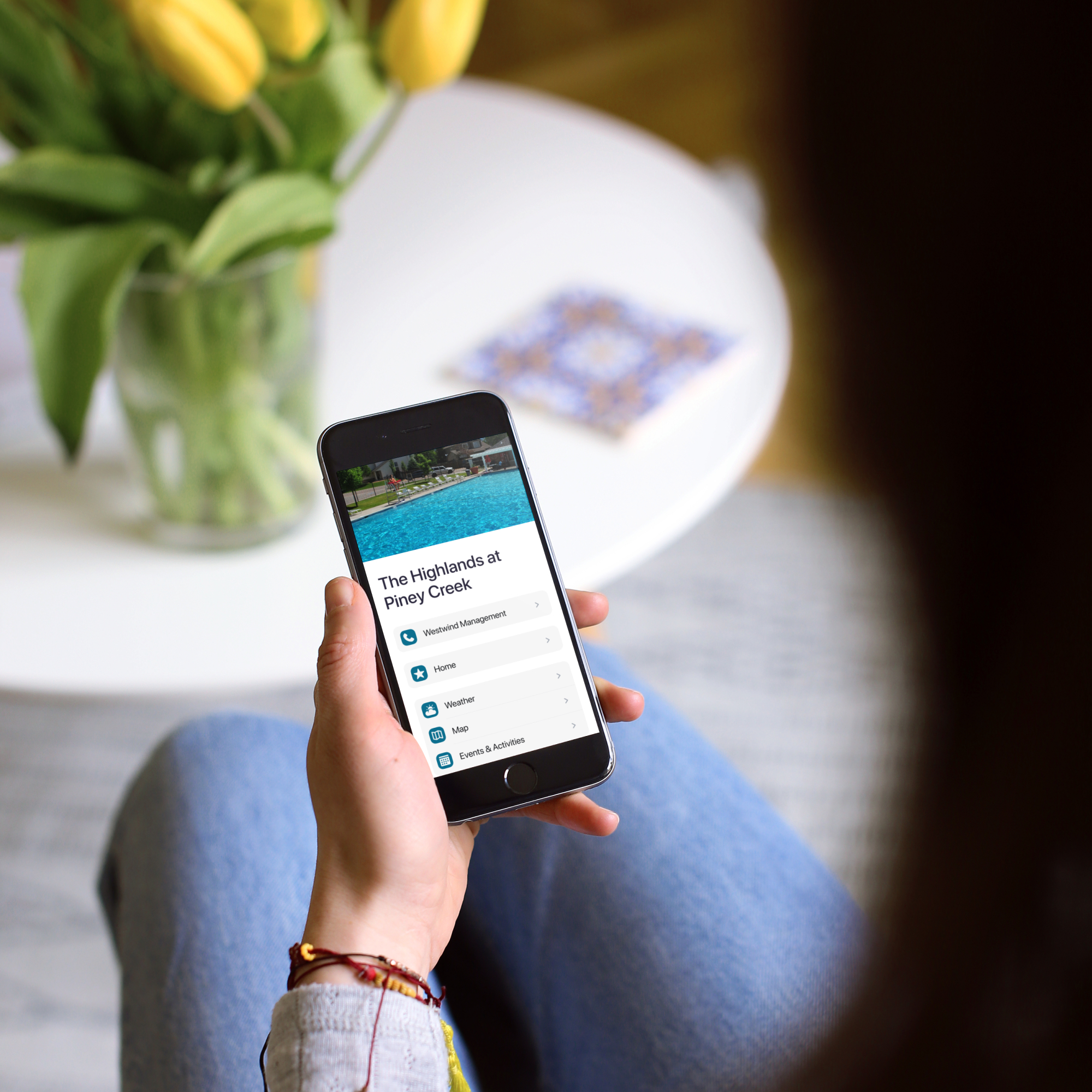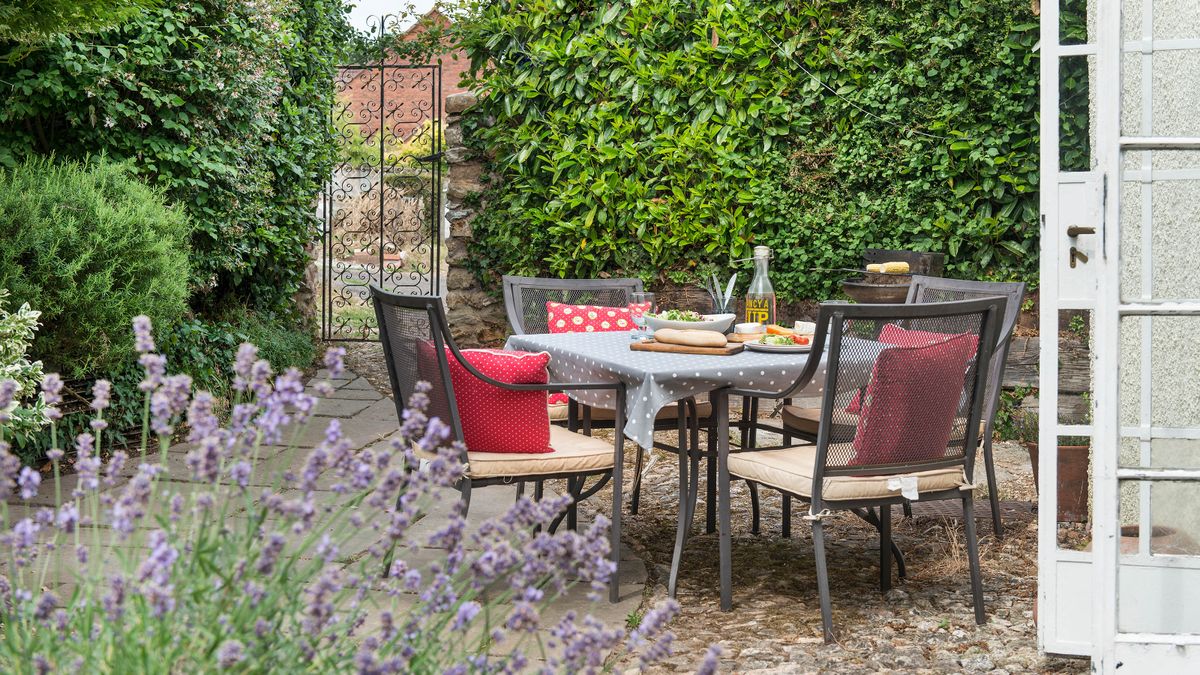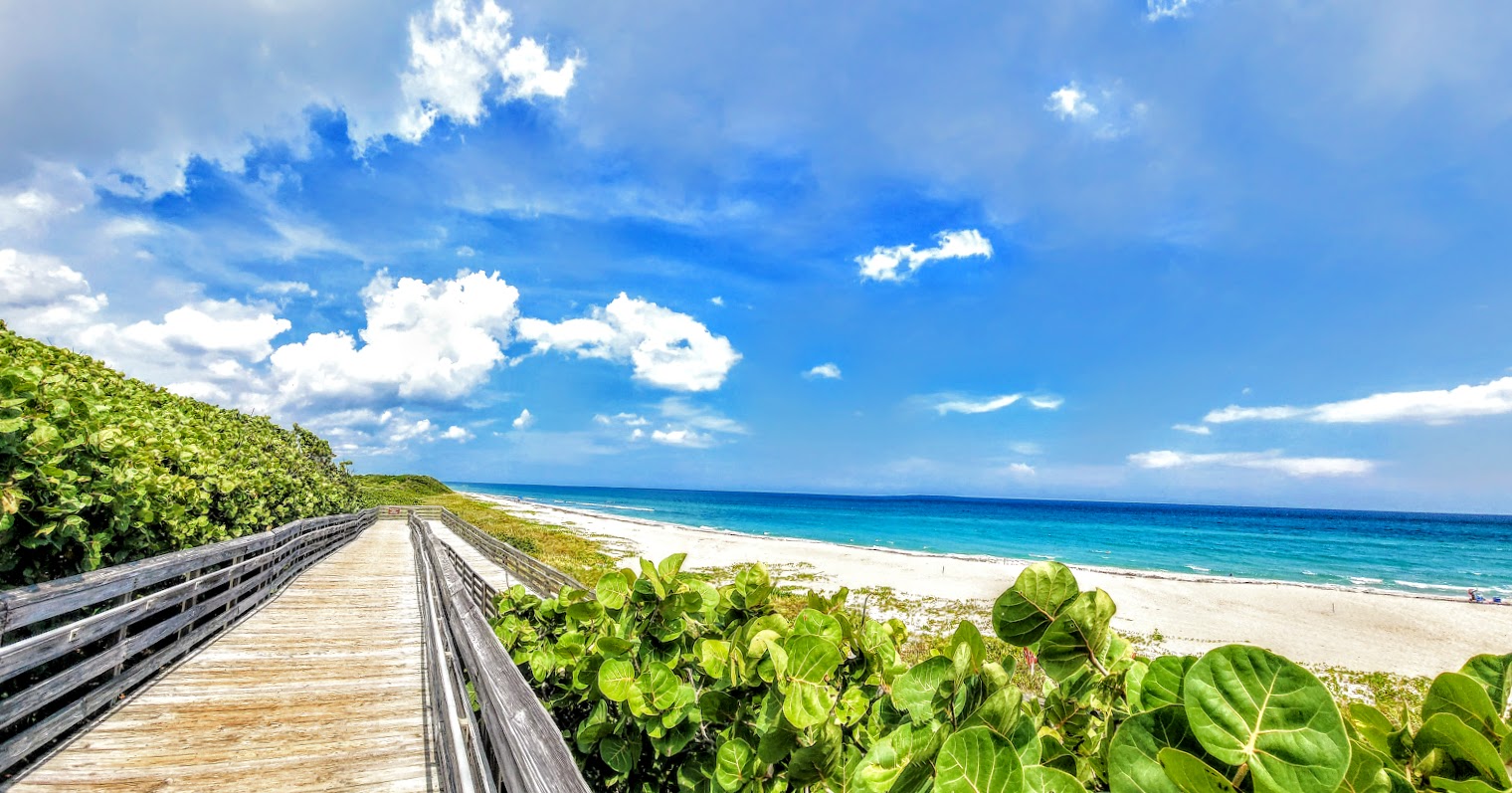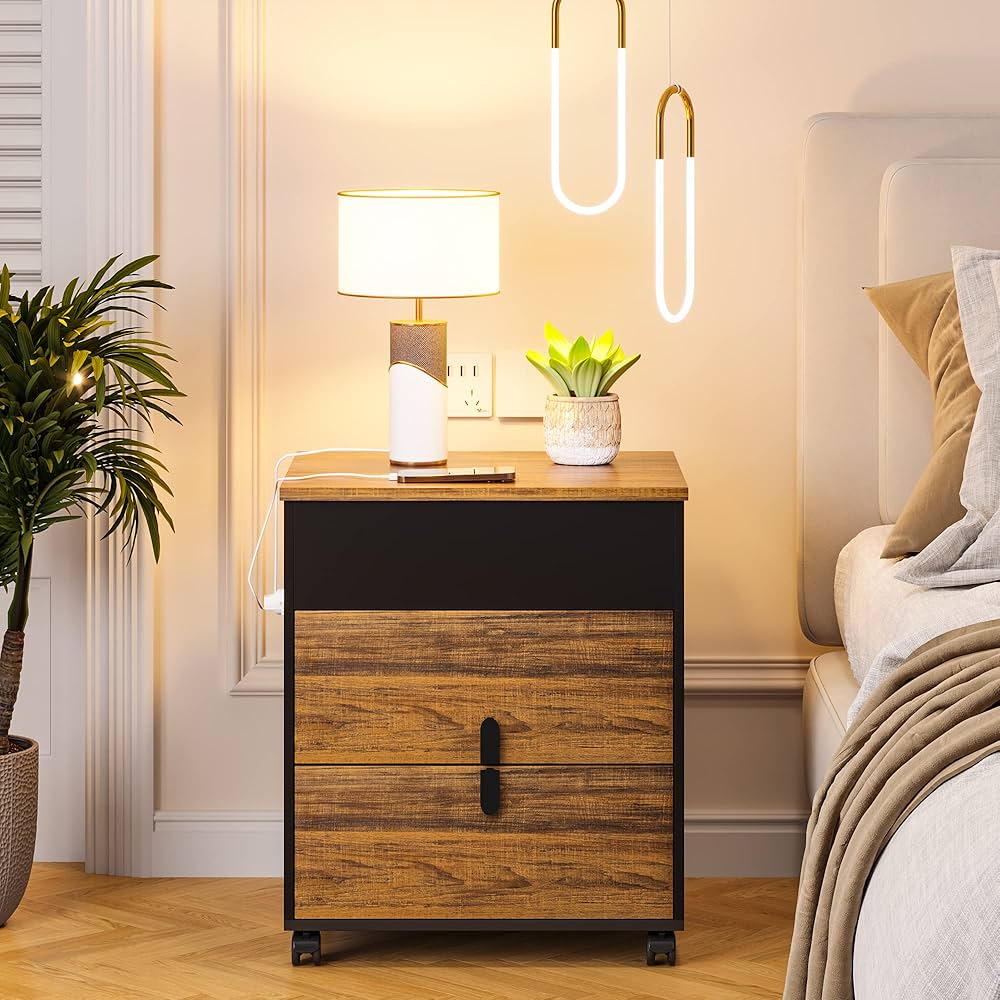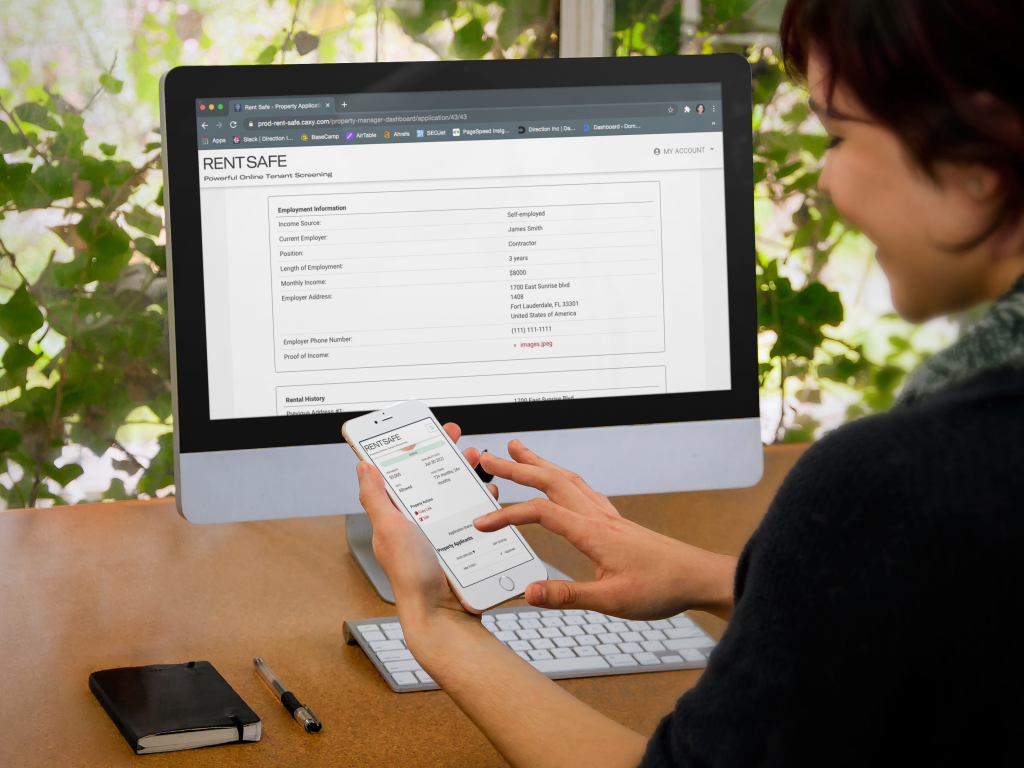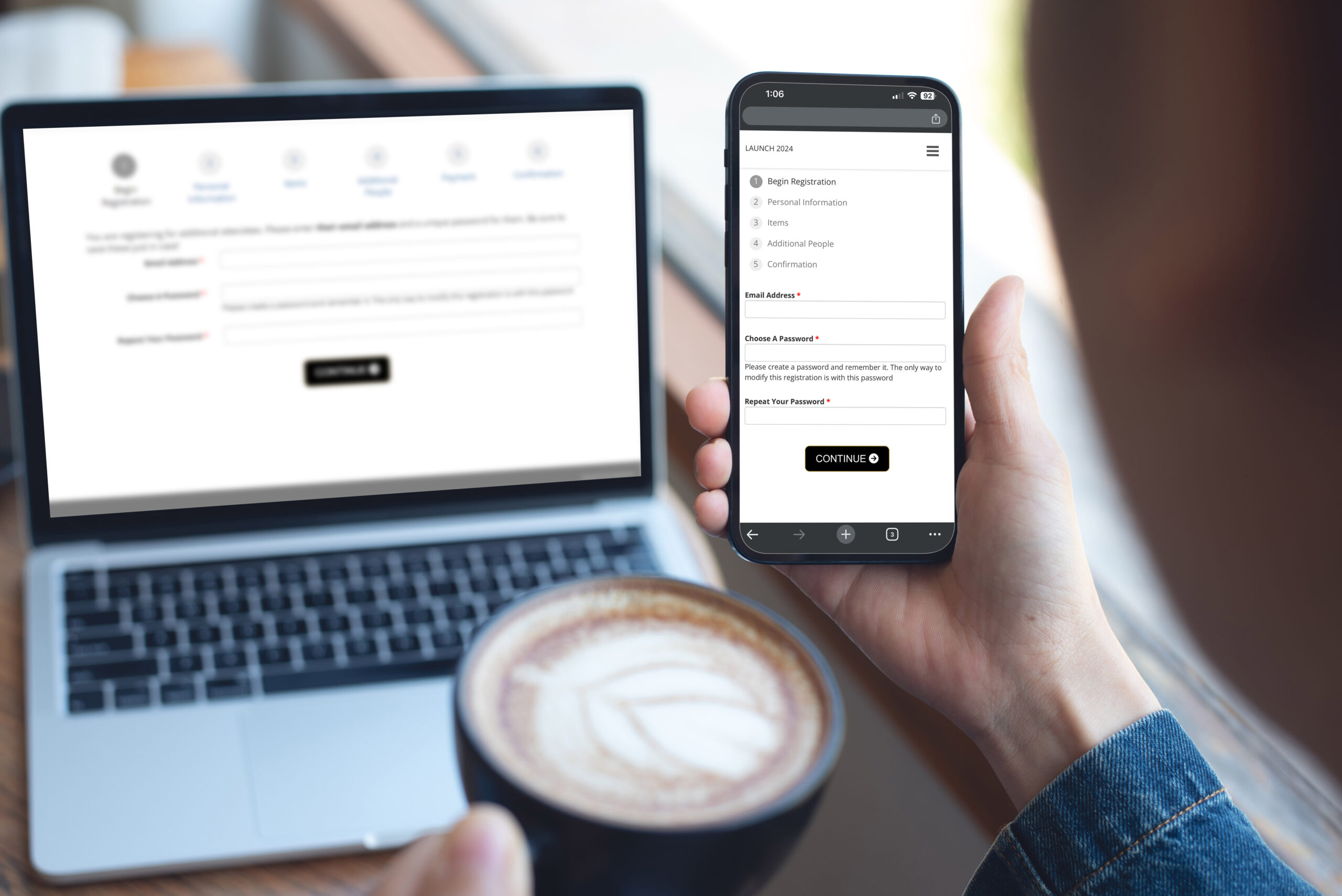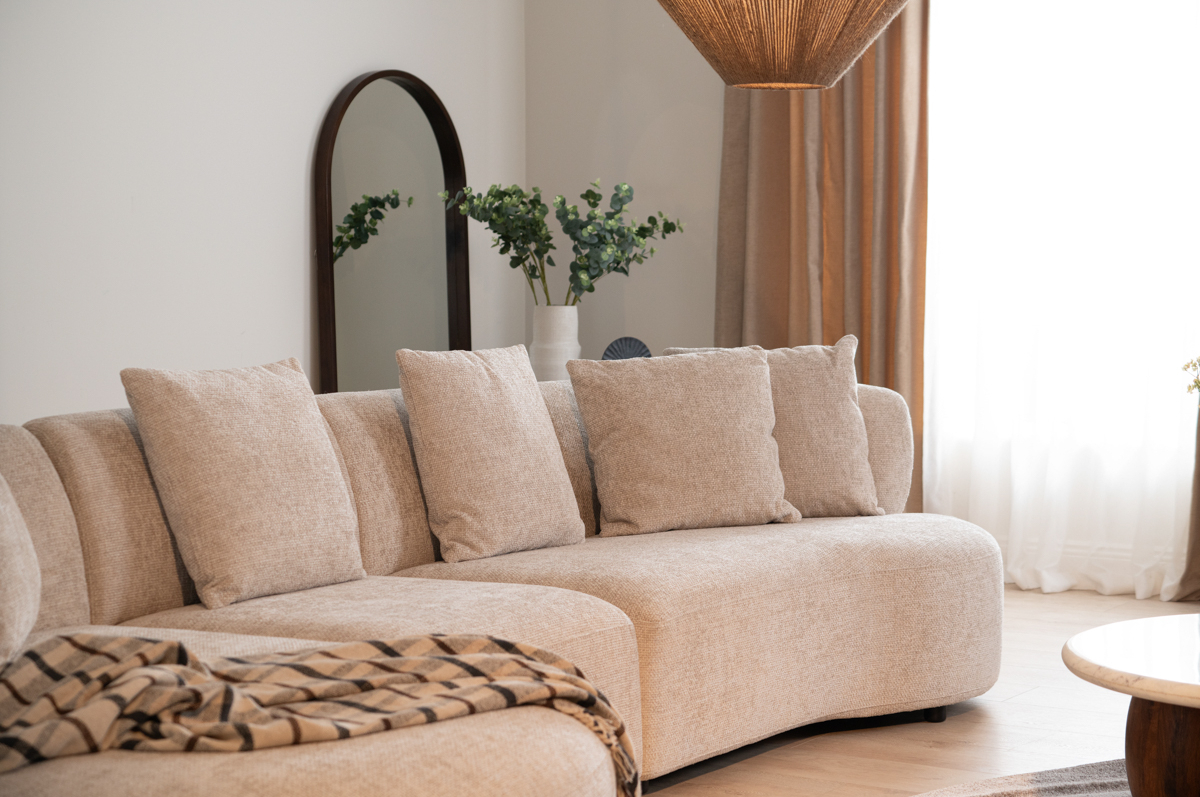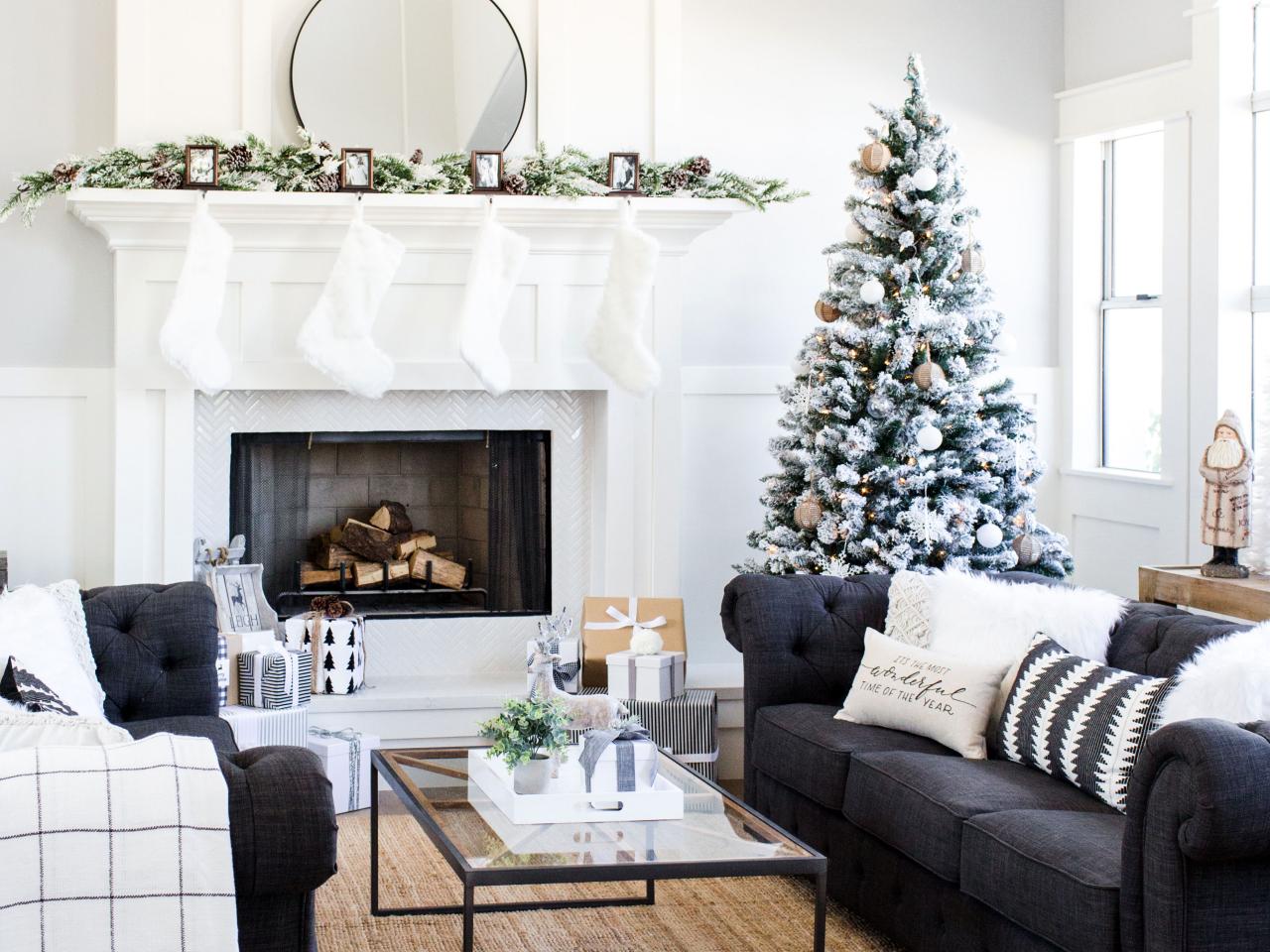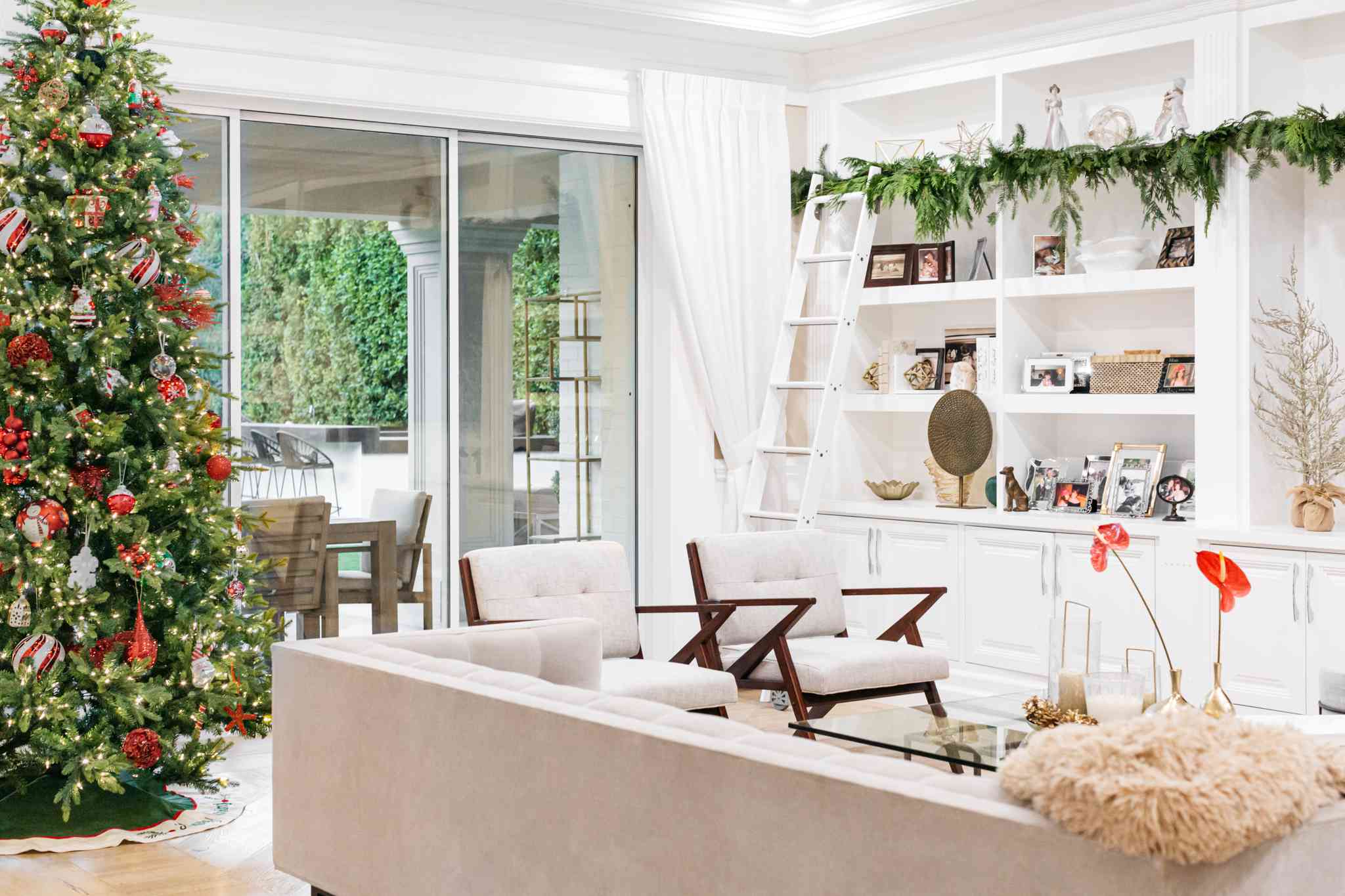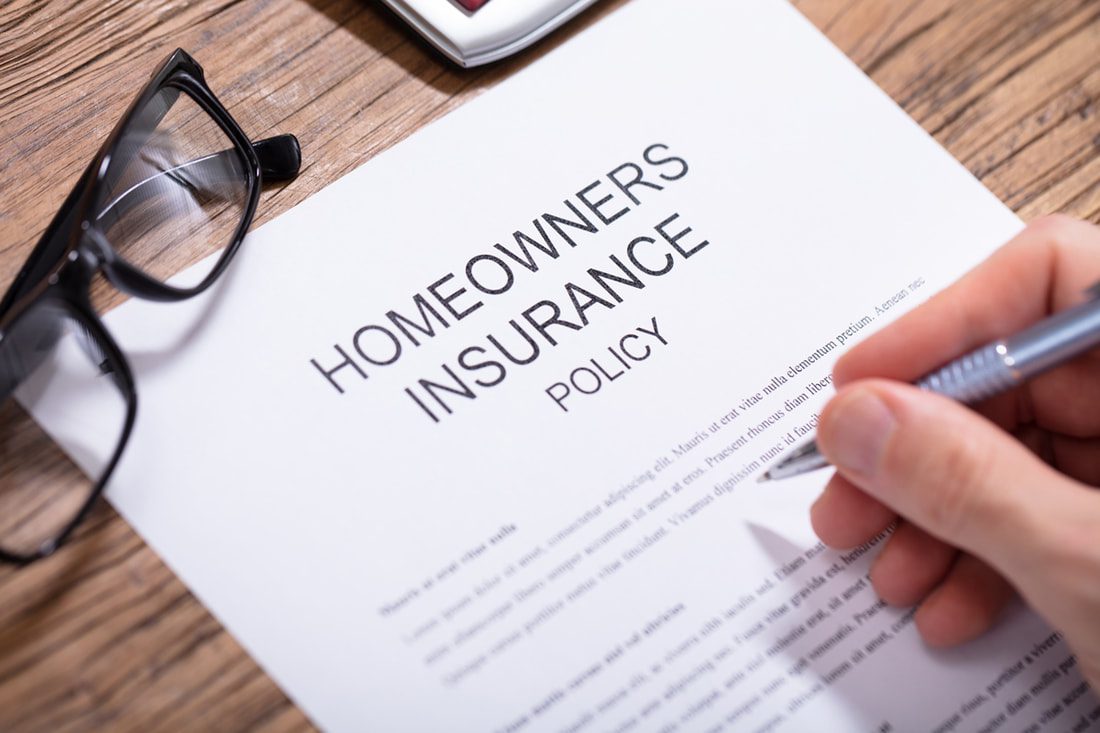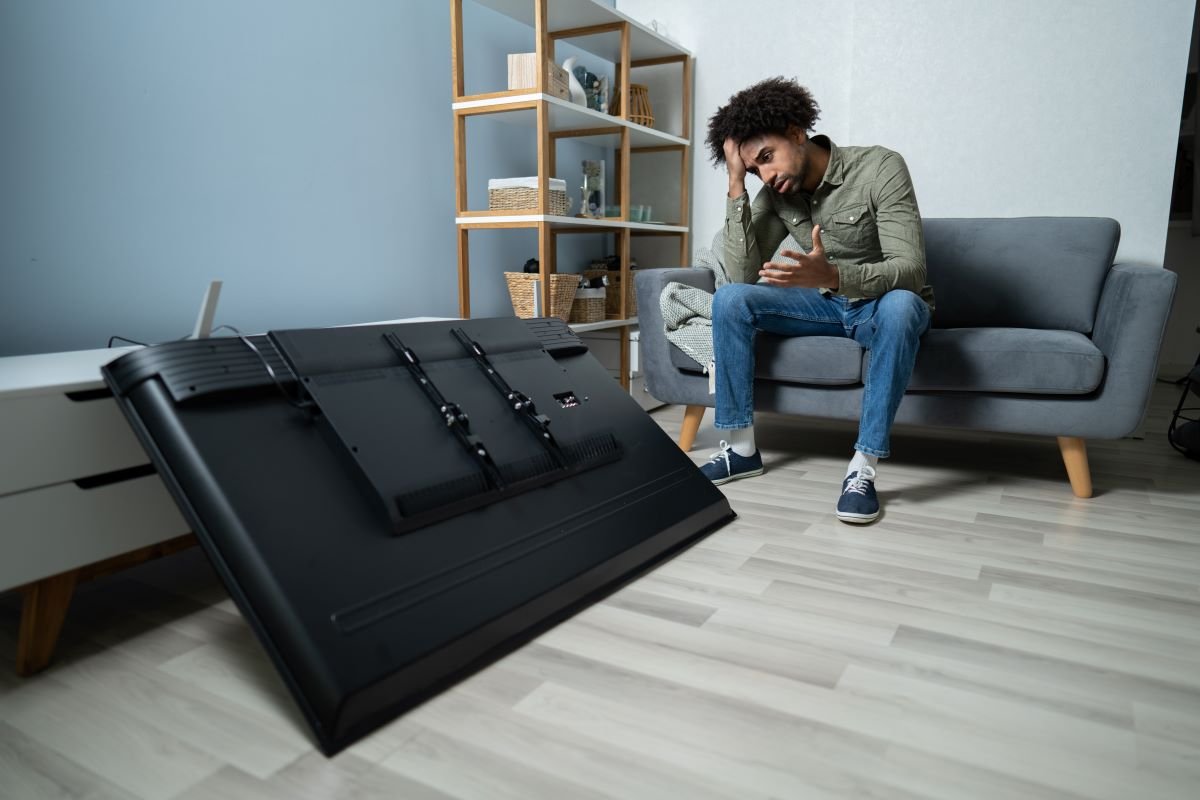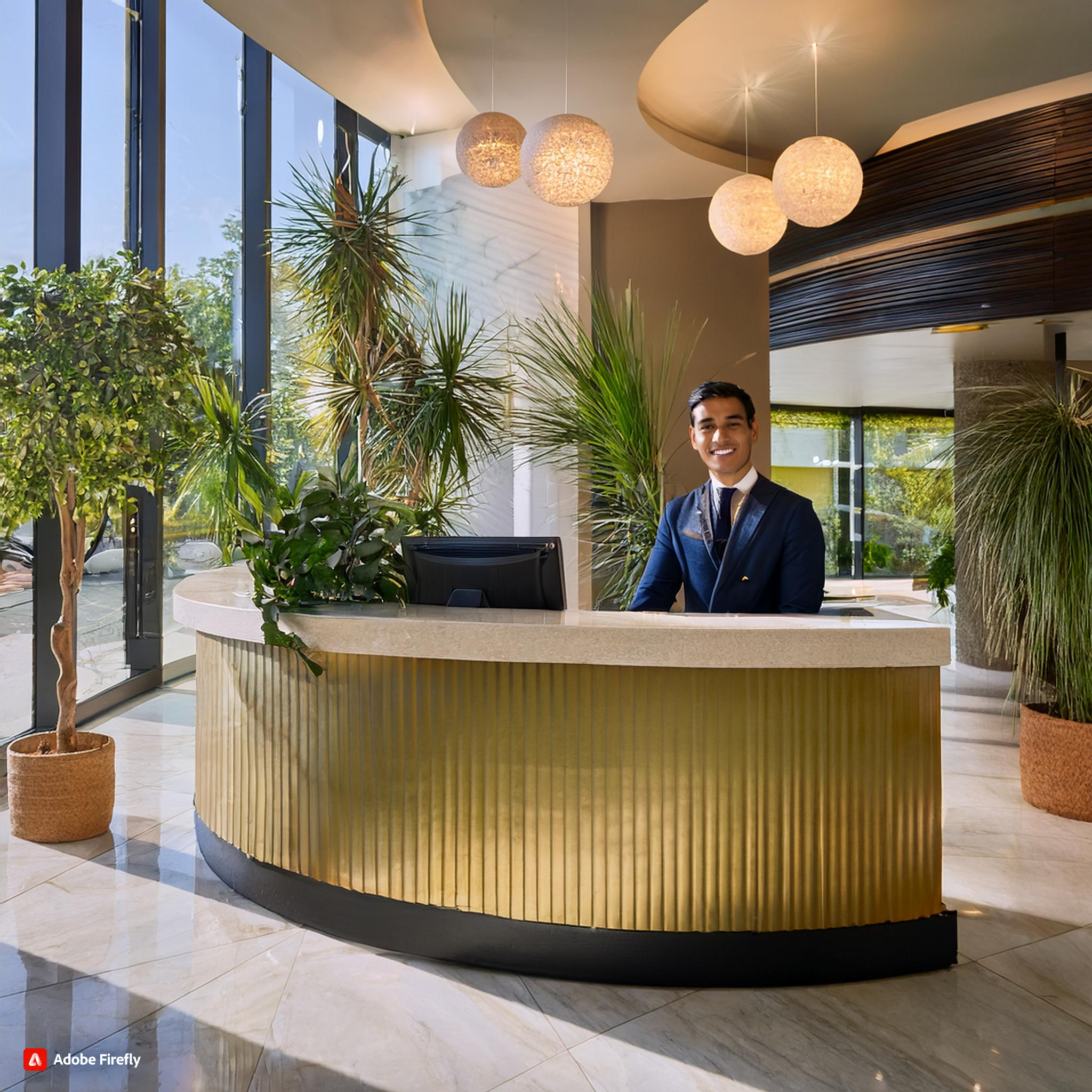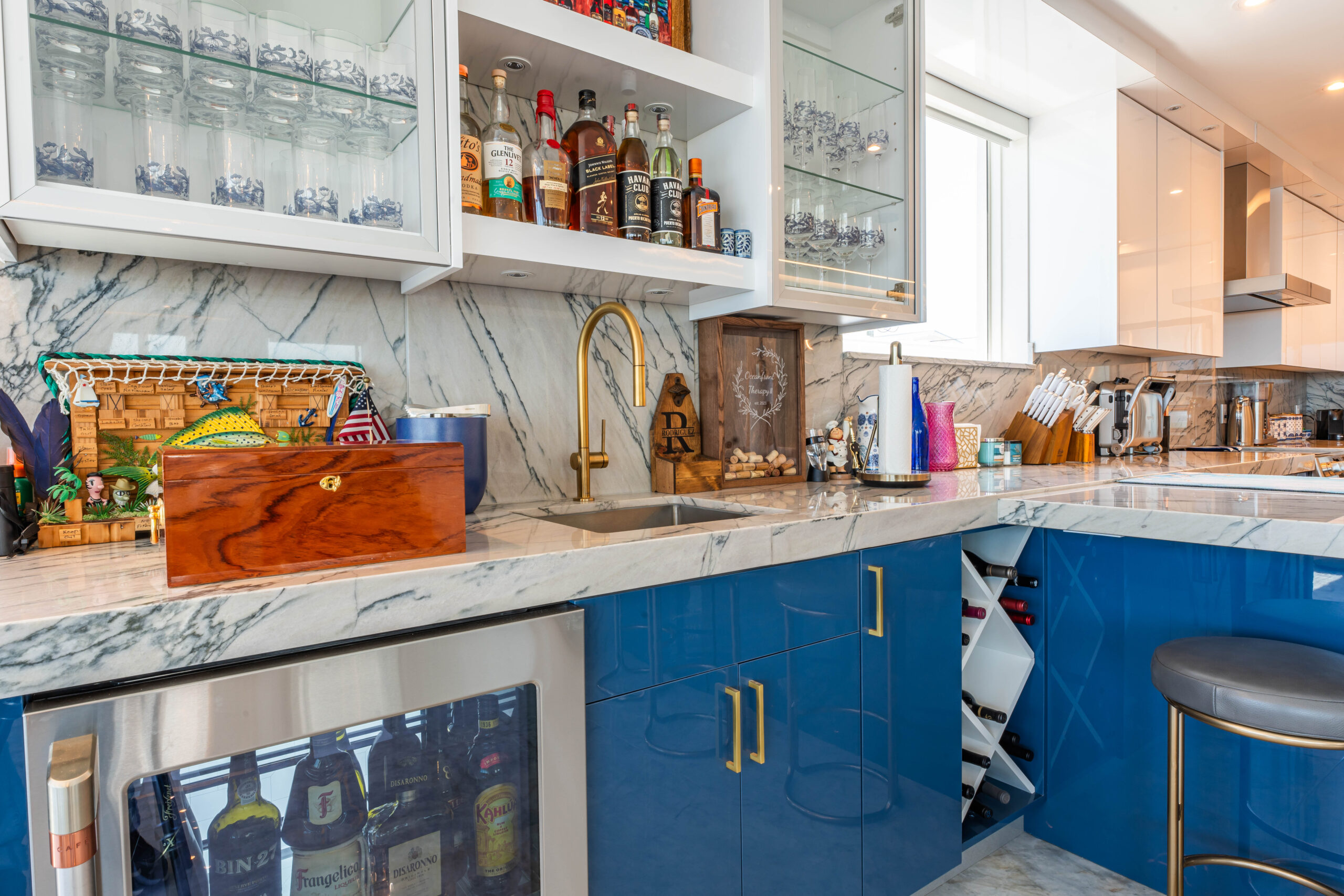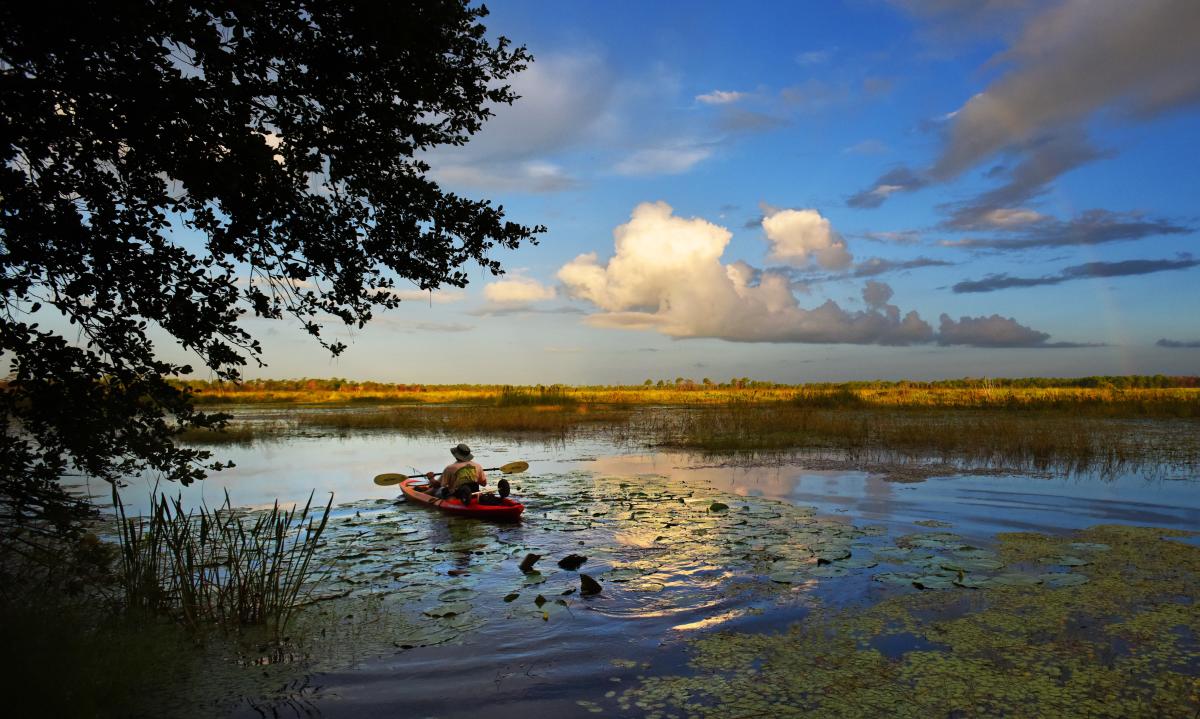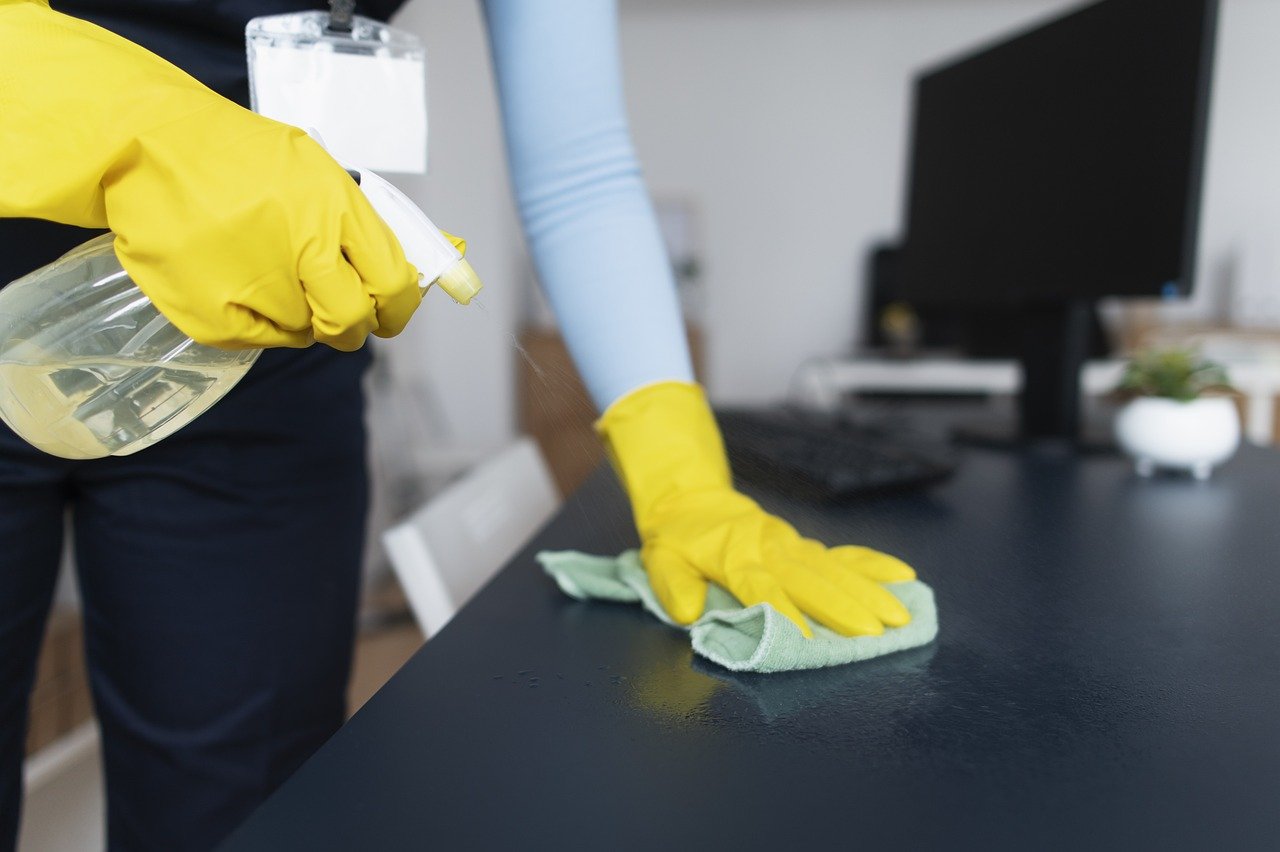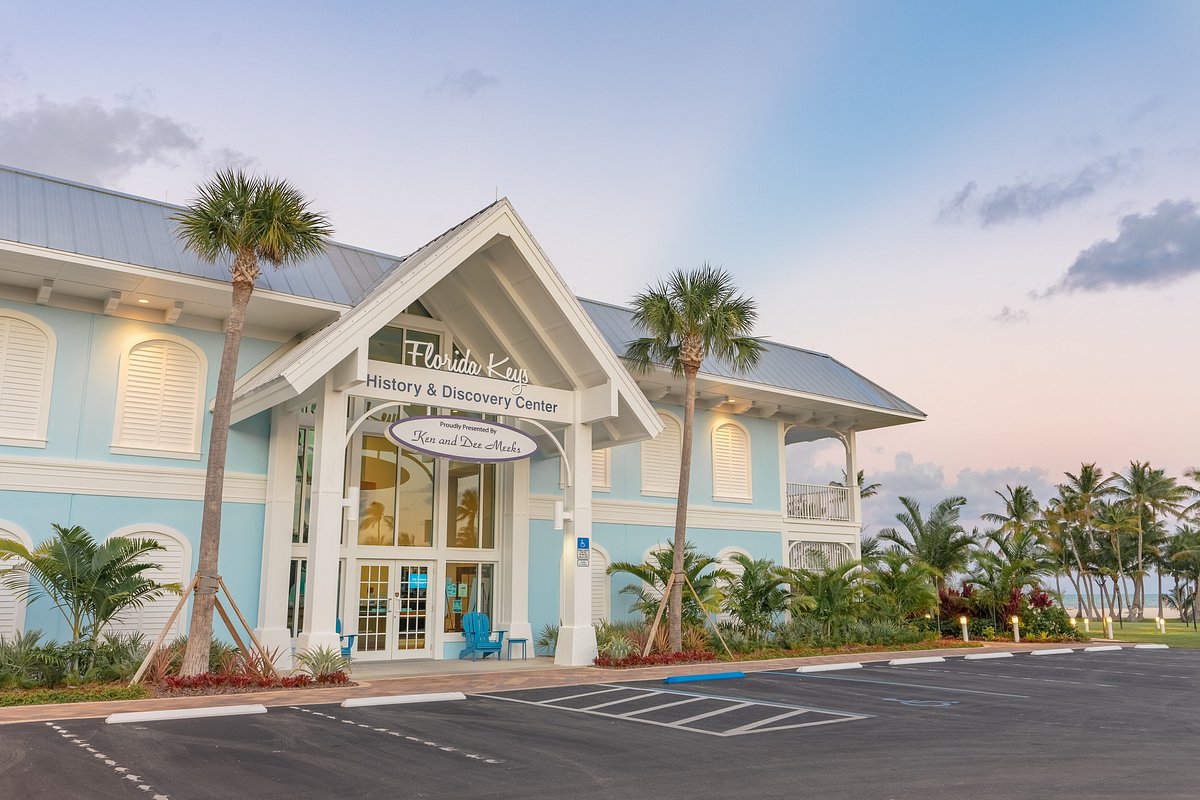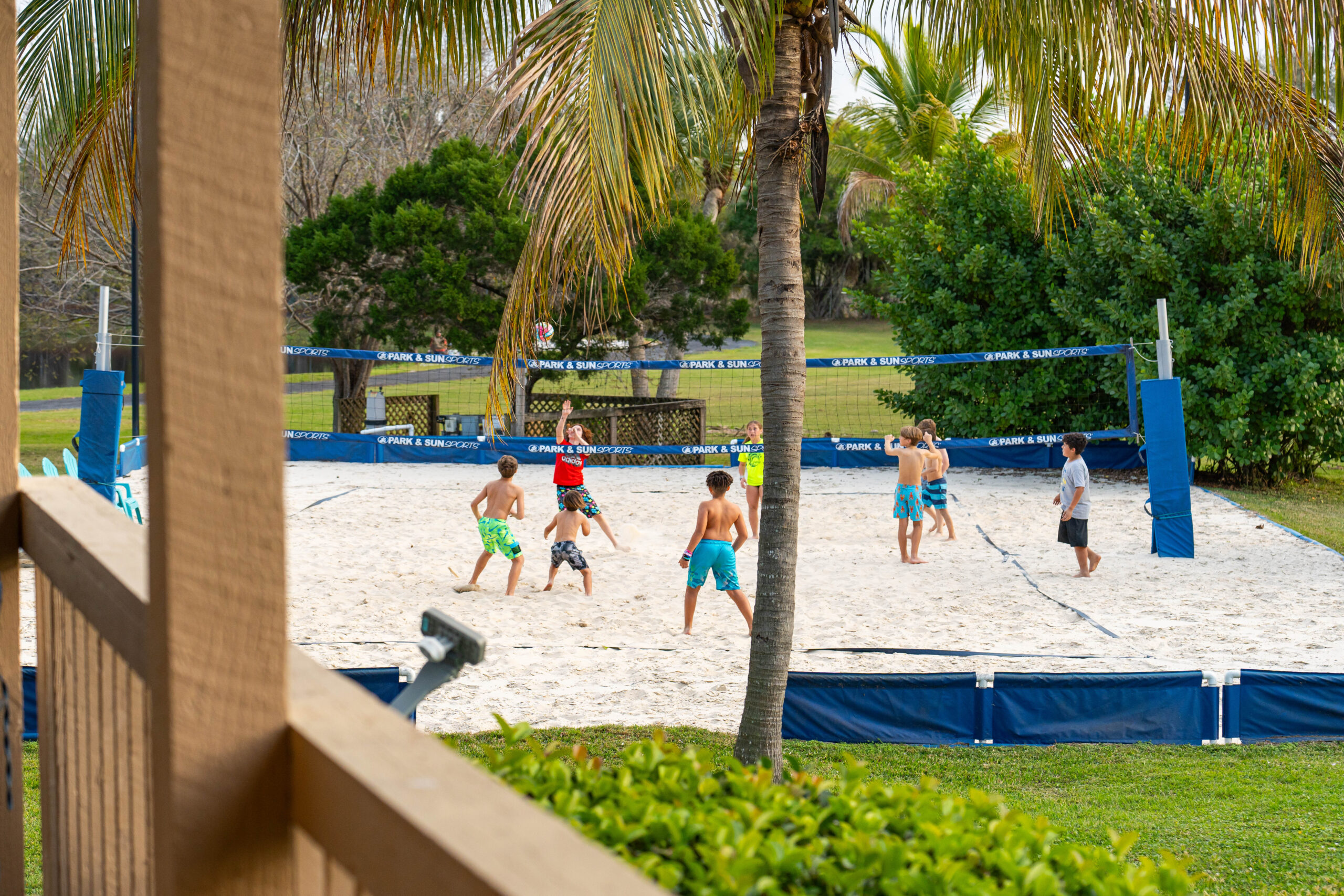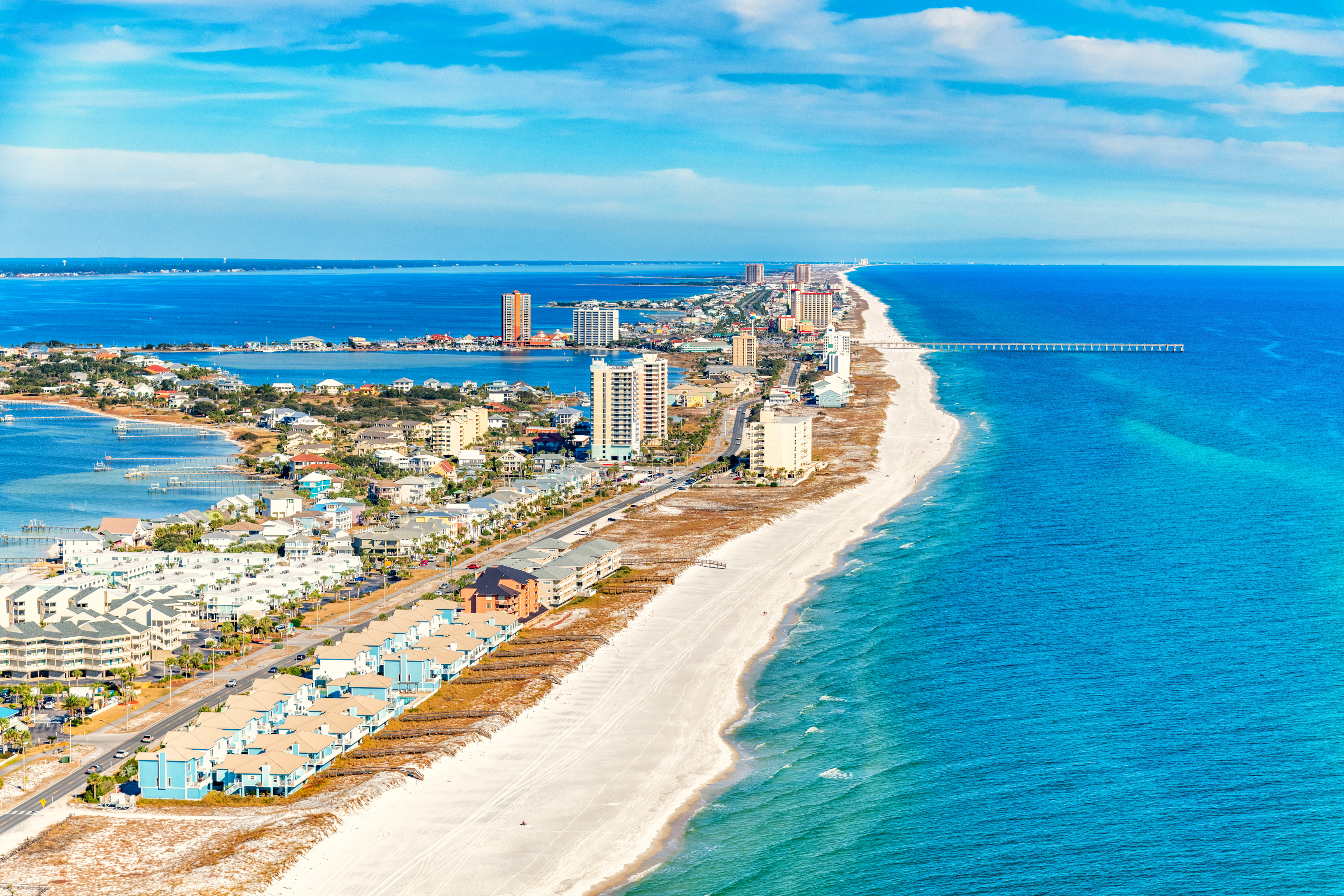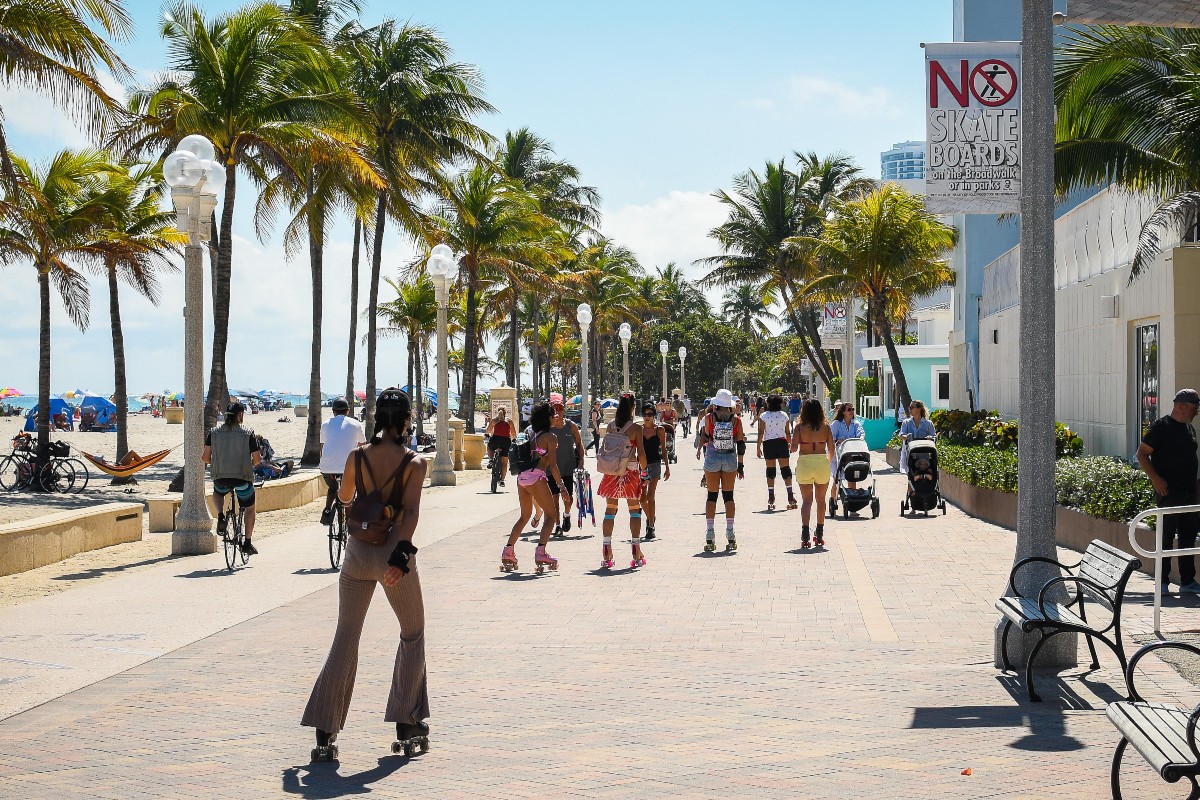Florida’s fall means two things for STR owners: the peak of hurricane season and the aftermath of a busy summer. Now is the moment to shore up the property, reset standards, and tighten your playbook. This guide delivers a Florida-specific, step-by-step checklist you can complete in one to two weeks—without disrupting bookings.
The Fall Focus: Two Tracks That Work Together
- Storm-readiness: Reduce water, wind, and power risks before they happen.
- Post-summer reset: Erase wear, restore sparkle, and re-stock for five-star stays.

Exterior Hardening (Wind + Water)
Roof, Drainage, and Openings
- Inspect shingles/tile, flashing, vents, and sealants; fix gaps now.
- Clear gutters/downspouts; extend downspouts 4–6 feet from the foundation.
- Test impact windows and exterior doors; replace weather-strip where light peeks through.
- Confirm shutters or panels are labeled, hardware is bagged, and the ladder fits the job.
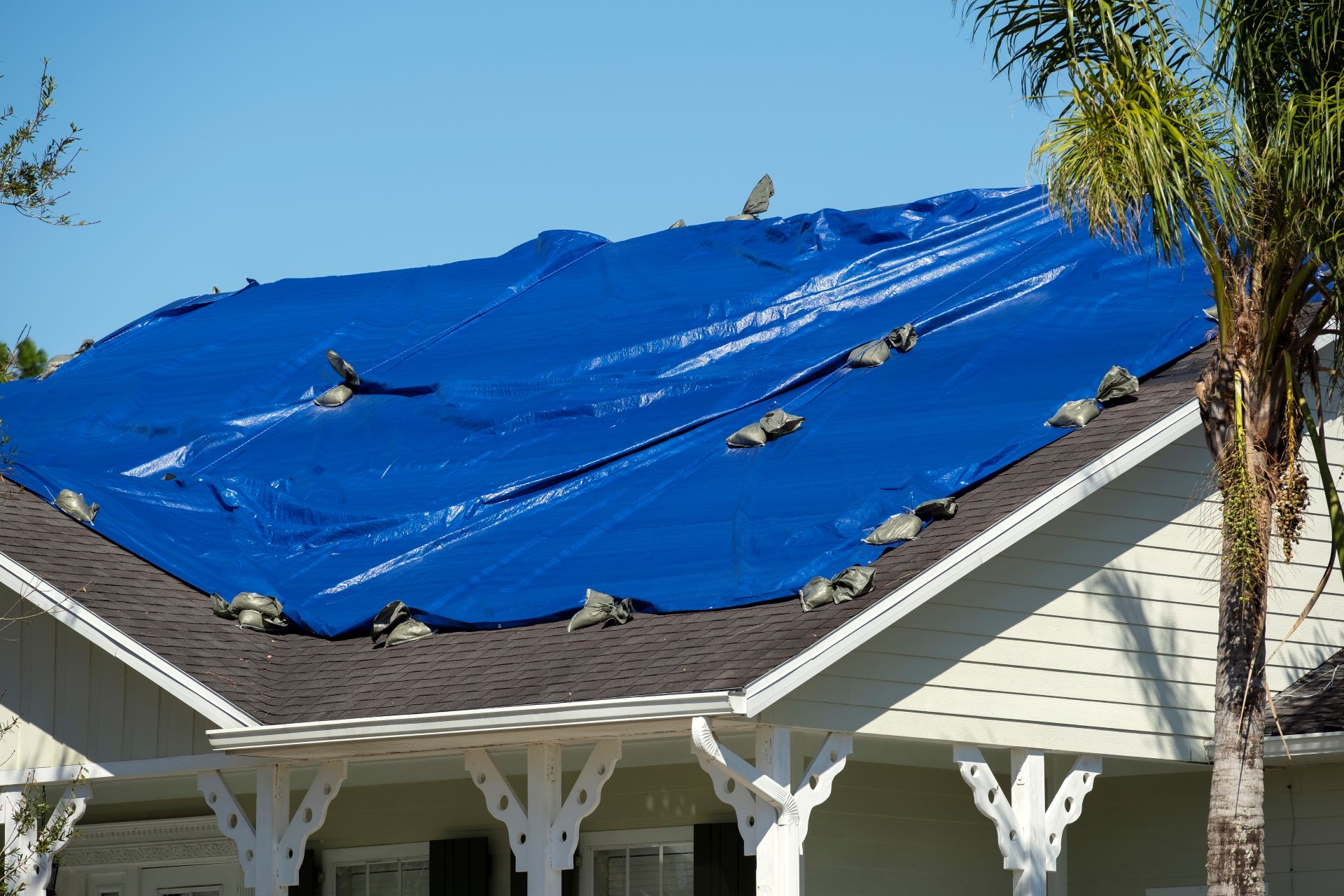
Perimeter, Landscaping, and Loose Items
- Trim limbs away from roof lines; remove dead branches.
- Choose mulch over gravel near structures; rocks become projectiles.
- Stage a “storm-stow” spot for chairs, umbrellas, grills, and décor.
- Photograph exterior conditions for your records before peak season.
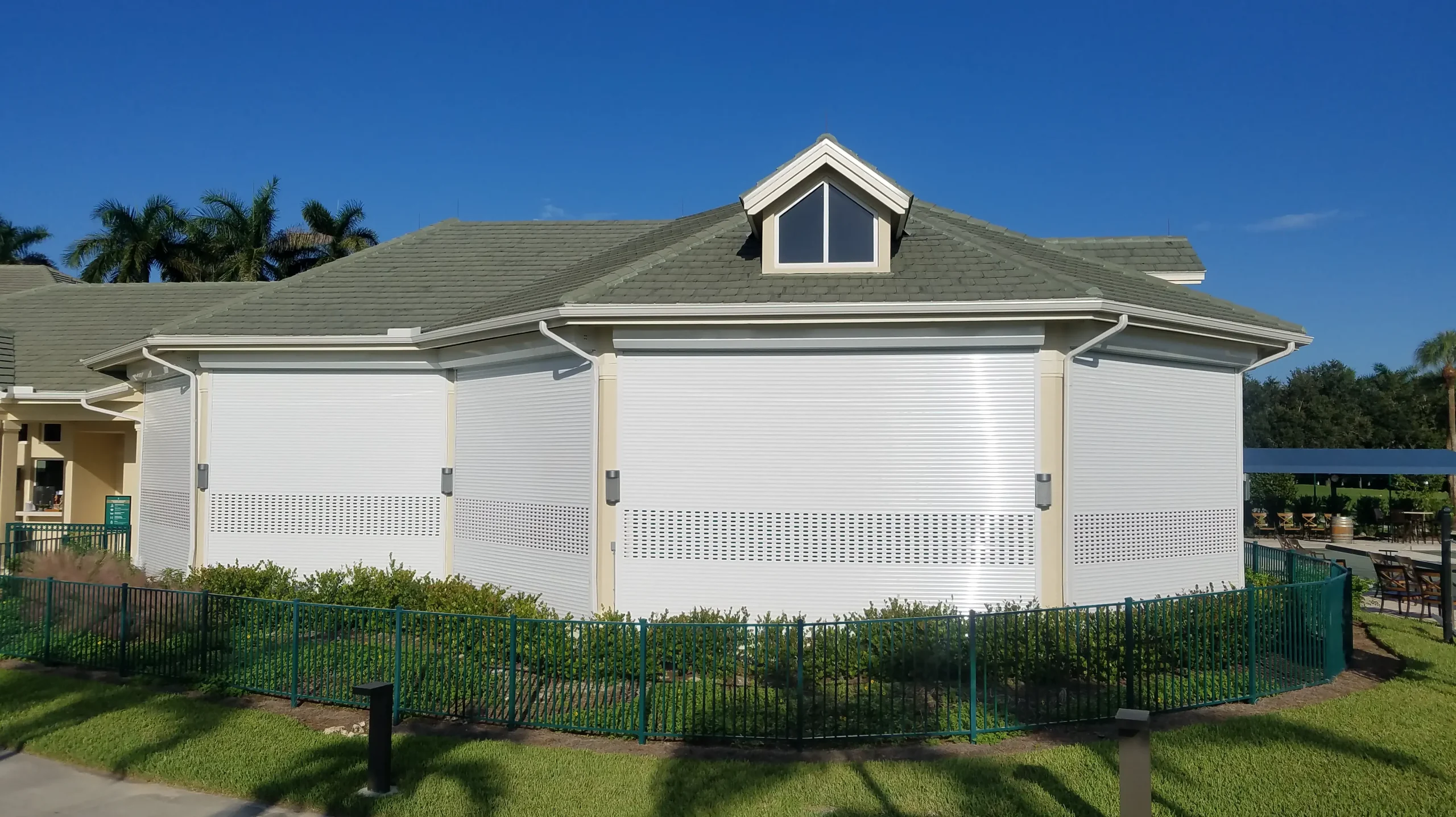
Pools, Decks, and Water Management
- Balance water chemistry; inspect screen enclosures and anchors.
- Map yard drains and swales; clear leaves and sand.
- Keep a small sandbag cache and plastic sheeting for low thresholds or sliders.
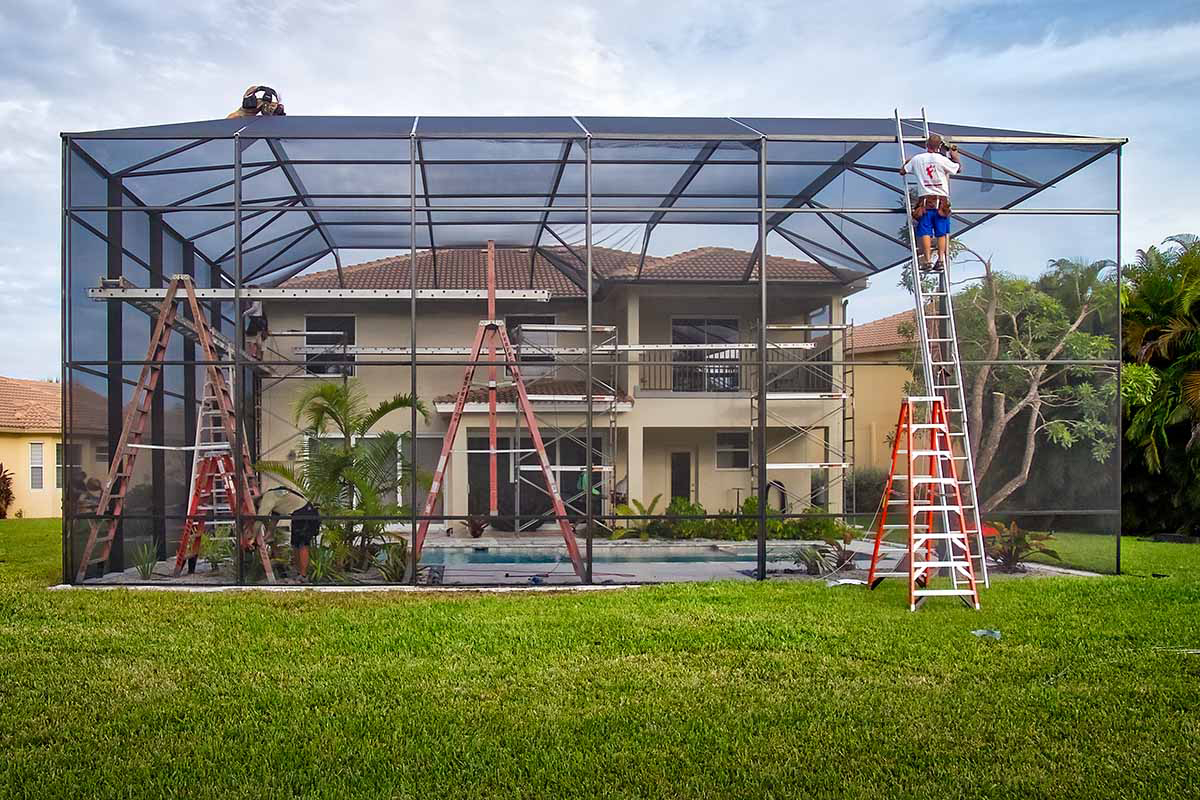
Coastal Care (Salt + Sun)
- Rinse AC condenser, railings, and hardware to remove salt.
- Coat exterior metal (locks, hinges, fans) with light corrosion inhibitor.
- Touch up paint or sealant on sun-blasted façades and sills.
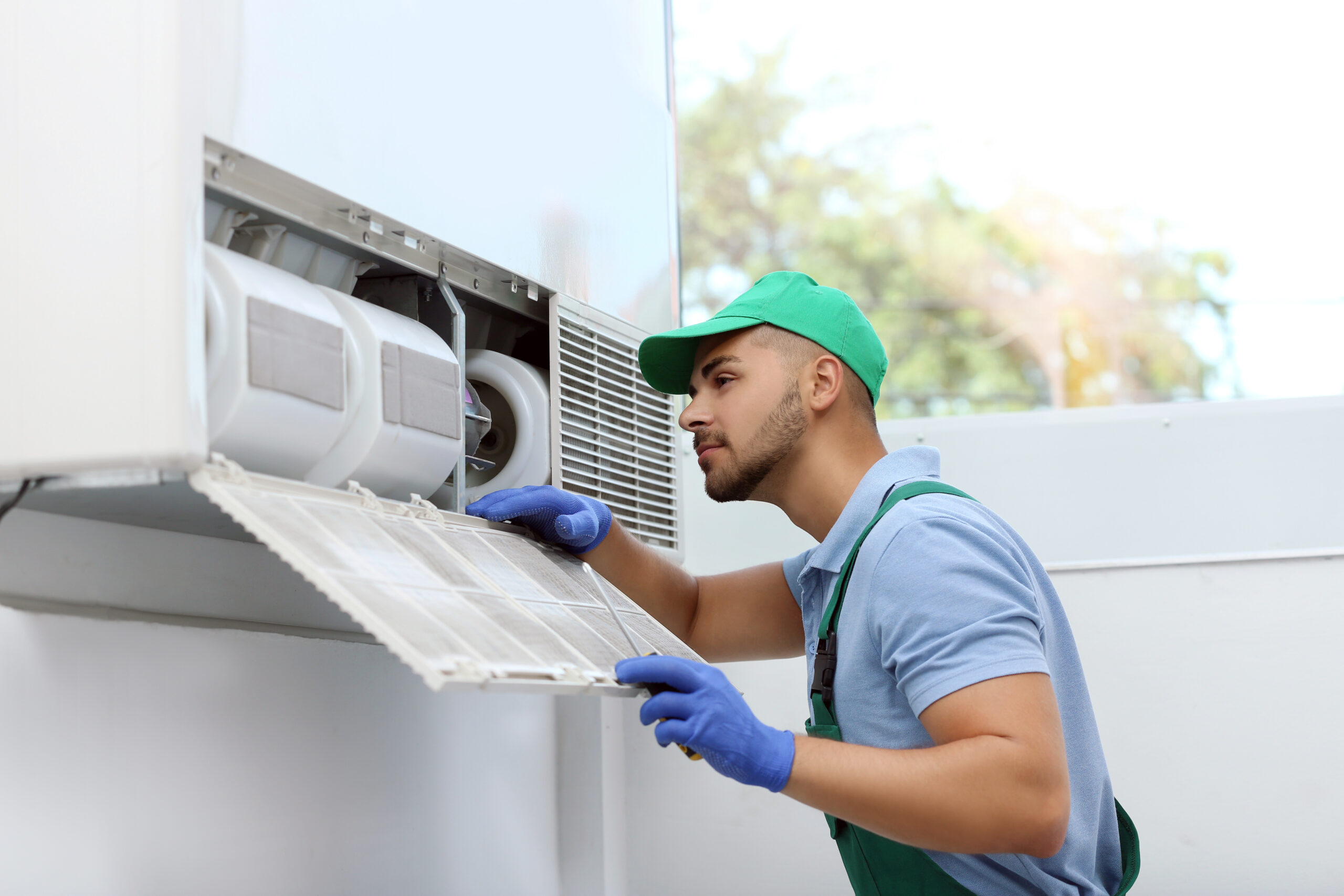
Interior Resilience (Power, Humidity, Safety)
Electrical & Surge Protection
- Add panel-level surge protection where possible.
- Use quality surge strips for TVs, routers, and smart devices.
- Unplug non-essential electronics if a storm watch is issued and the home is vacant.
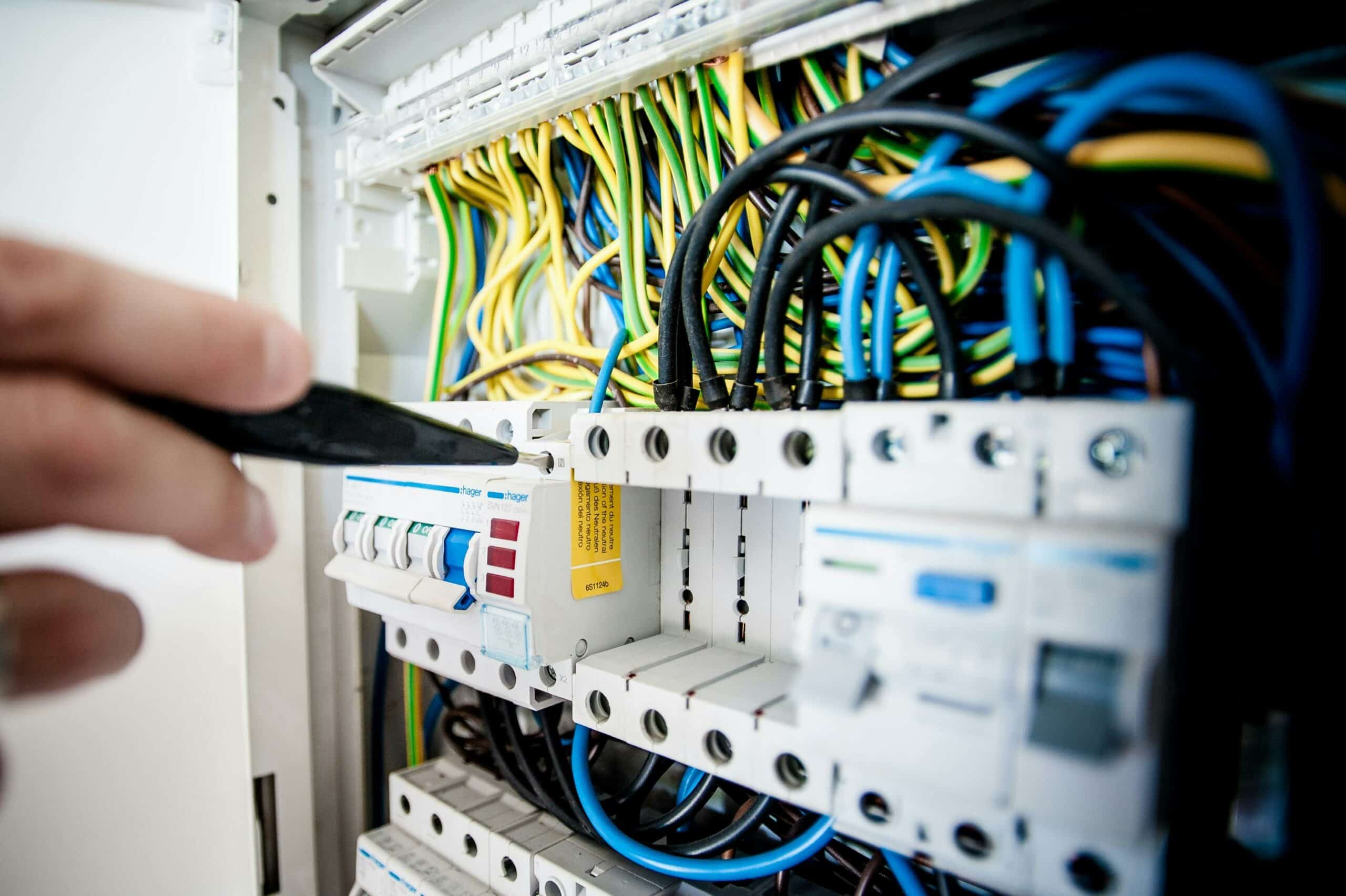
Detectors & Life Safety
- Test smoke alarms; replace units at 10 years.
- Test carbon monoxide alarms; replace per manufacturer interval (often 5–7 years).
- Place a multi-purpose extinguisher on each level and near the grill.

HVAC, Moisture, and Mold Prevention
- Schedule fall service: filter change, coil clean, drain-line flush.
- Target indoor humidity of 40–60% using AC or a dehumidifier.
- Label the main water shutoff and breaker panel; laminate quick instructions.
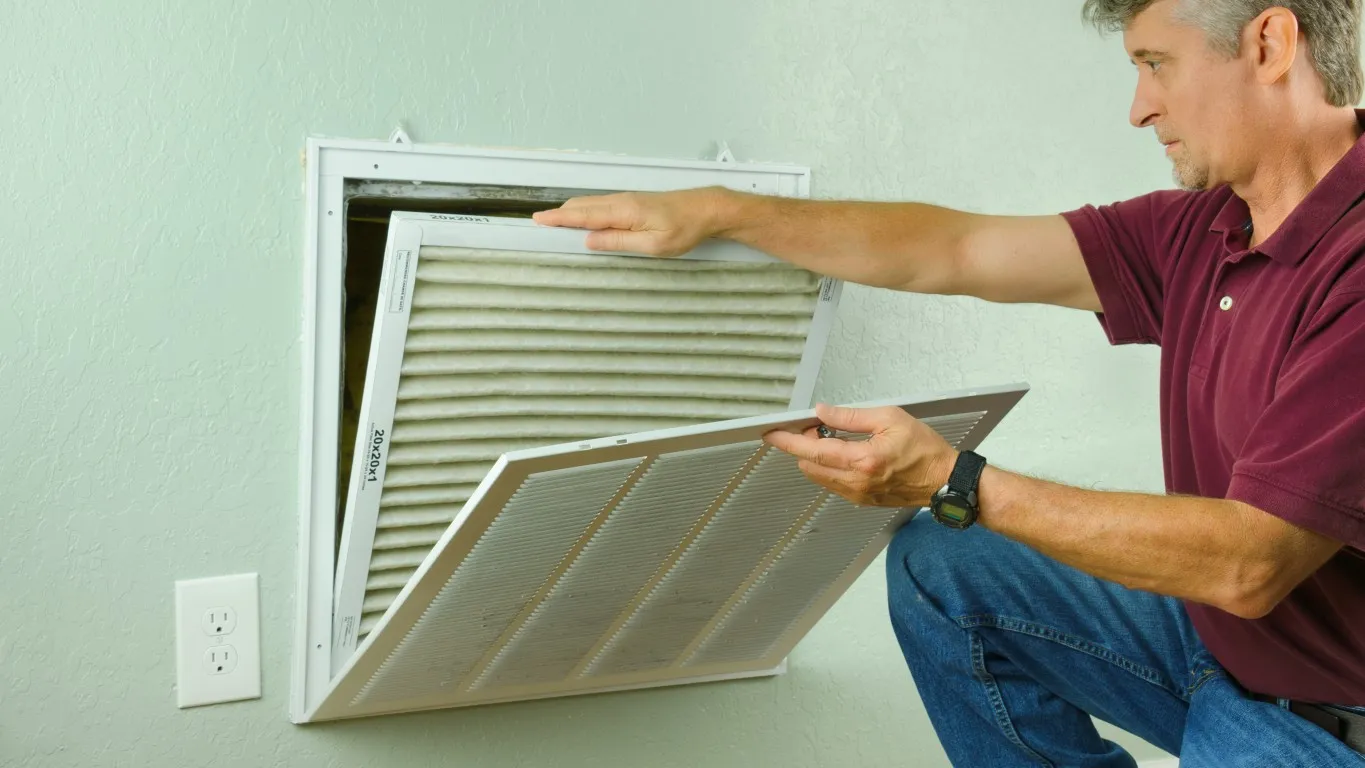
Lighting & Essentials
- Stock working flashlights in bedrooms and kitchen.
- Confirm emergency nightlights or plug-in lanterns function after outages.

Post-Summer Refresh (Guest-Visible Quality)
Deep Clean + Fabric Care
- Steam-clean sofas and rugs; launder mattress and pillow protectors.
- Scrub and re-seal grout; re-caulk tubs and sinks as needed.
- Wash curtains and outdoor cushion covers; replace sun-faded textiles.

Linens, Smallwares, and Amenities
- Retire stained or tired sheets and towels; restock to par levels.
- Audit kitchen inventory (full place settings, sharp knives, non-stick pans).
- Replace warped cutting boards, cloudy glassware, and unreliable kettles.

Tech & Comfort Audit
- Run a Wi-Fi speed test; reboot or update firmware if speeds dip.
- Replace batteries in remotes, smart locks, and sensors.
- Test streaming apps, HDMI cables, and soundbars; label inputs for easy use.
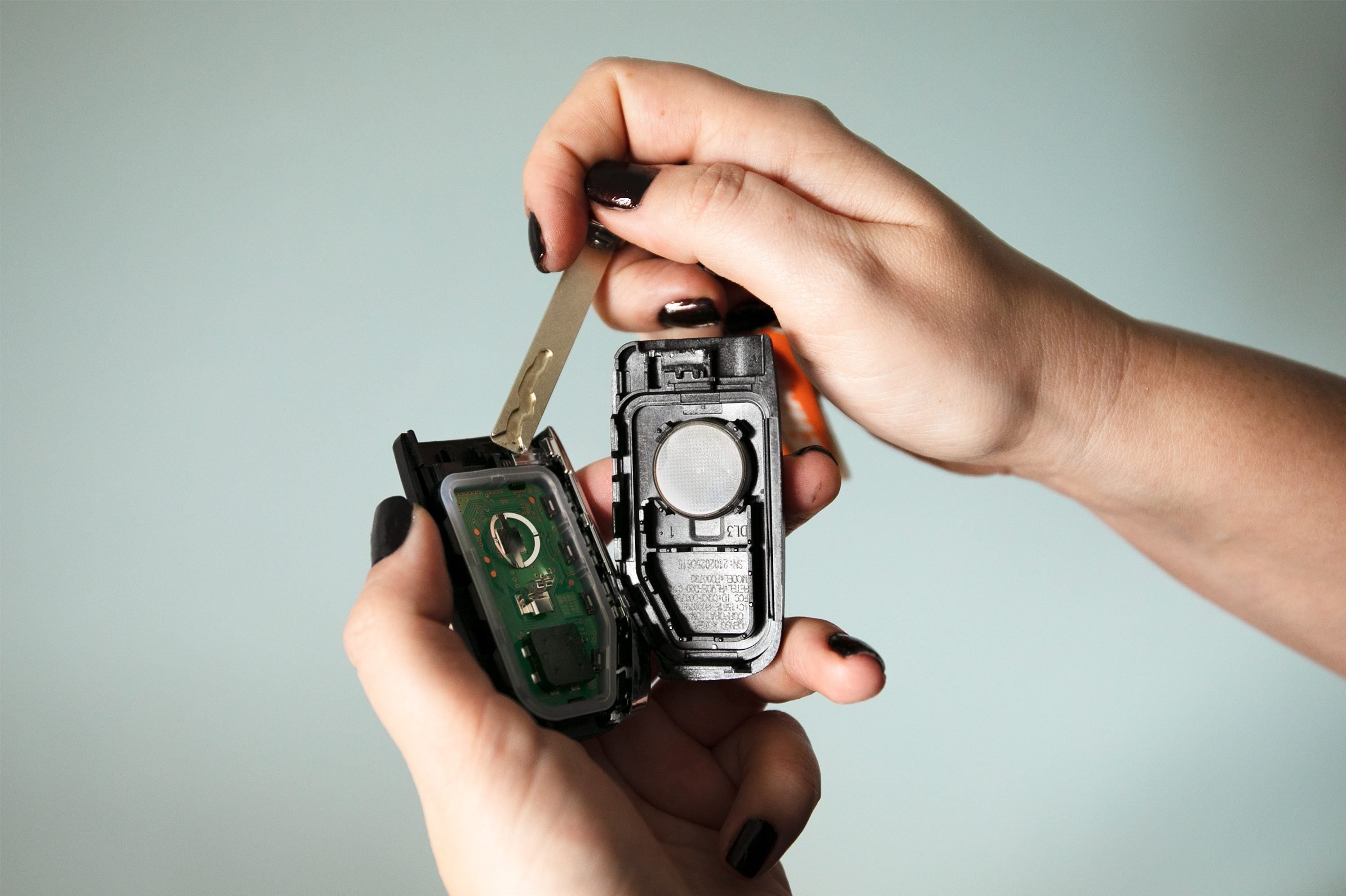
Curb Appeal Touch-Ups
- Patch scuffs on doors and high-traffic walls.
- Oil squeaky hinges and sliders; tighten loose knobs and handles.
- Refresh the welcome mat and porch lighting.

Hurricane Readiness Kits (Two-Tier Approach)
Guest-Facing Kit (clearly labeled)
- Flashlights and extra batteries
- First-aid kit and basic hygiene items
- Battery or hand-crank radio
- A few bottles of water and non-perishable snacks
- Manual can opener and trash bags
- Laminated emergency info: contacts, evacuation zone, shutoffs, and simple steps

Owner/Manager Closet (locked)
- Tarps, plastic sheeting, duct tape, zip ties, gloves
- Sandbags or water-activated barriers
- Basic tool kit and heavy-duty garbage bags
- Portable power banks; headlamps and lanterns
- Pre-cut window panels or shutter keys; tie-downs and bungees
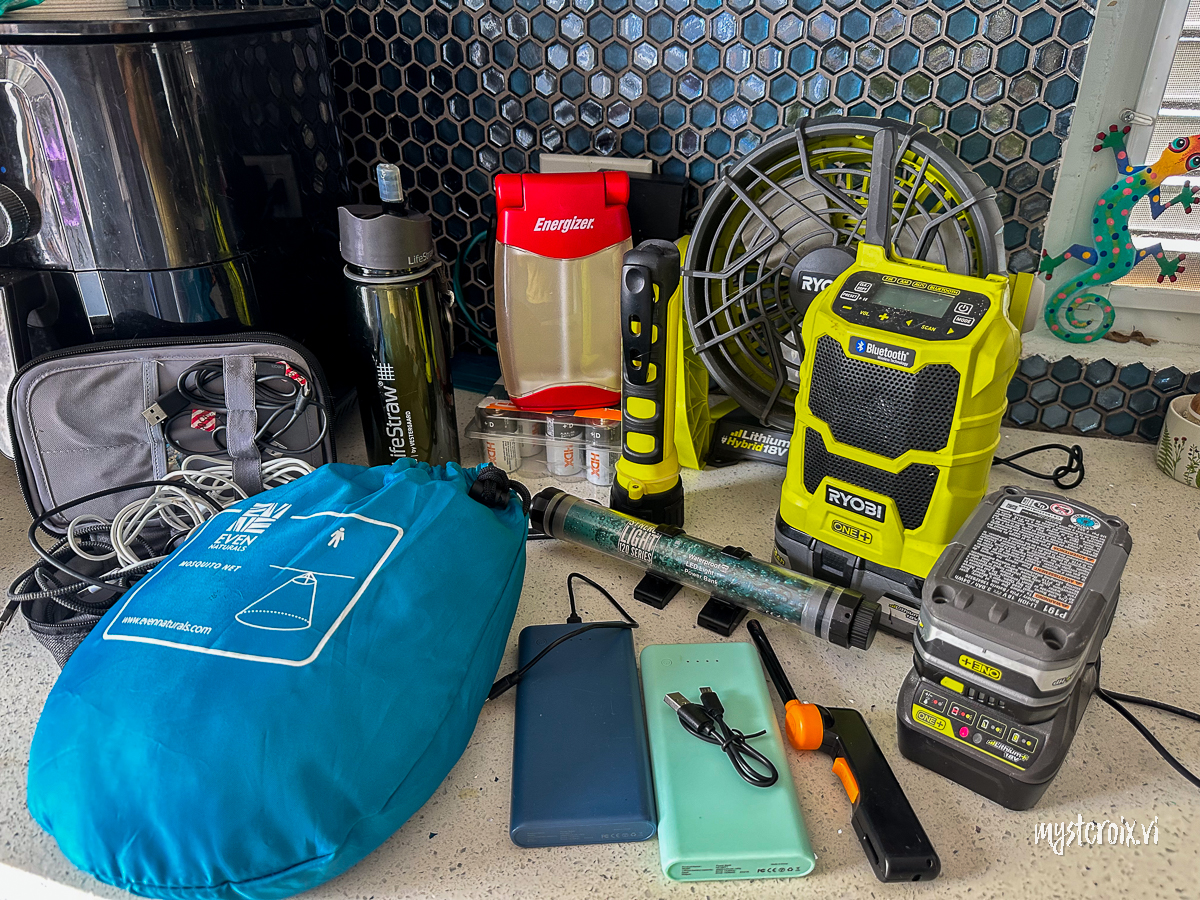
Guest Communication SOP (Simple and Calm)
Pre-Arrival (seasonal template)
- Brief note that the home meets storm-season standards.
- Where to find the emergency kit and laminated instructions.
- How you’ll send updates if watches or warnings are issued.

If a Watch Is Issued
- Confirm outdoor items will be secured.
- Share simple safety steps and local info sources.
- Encourage charging devices and topping up vehicles.
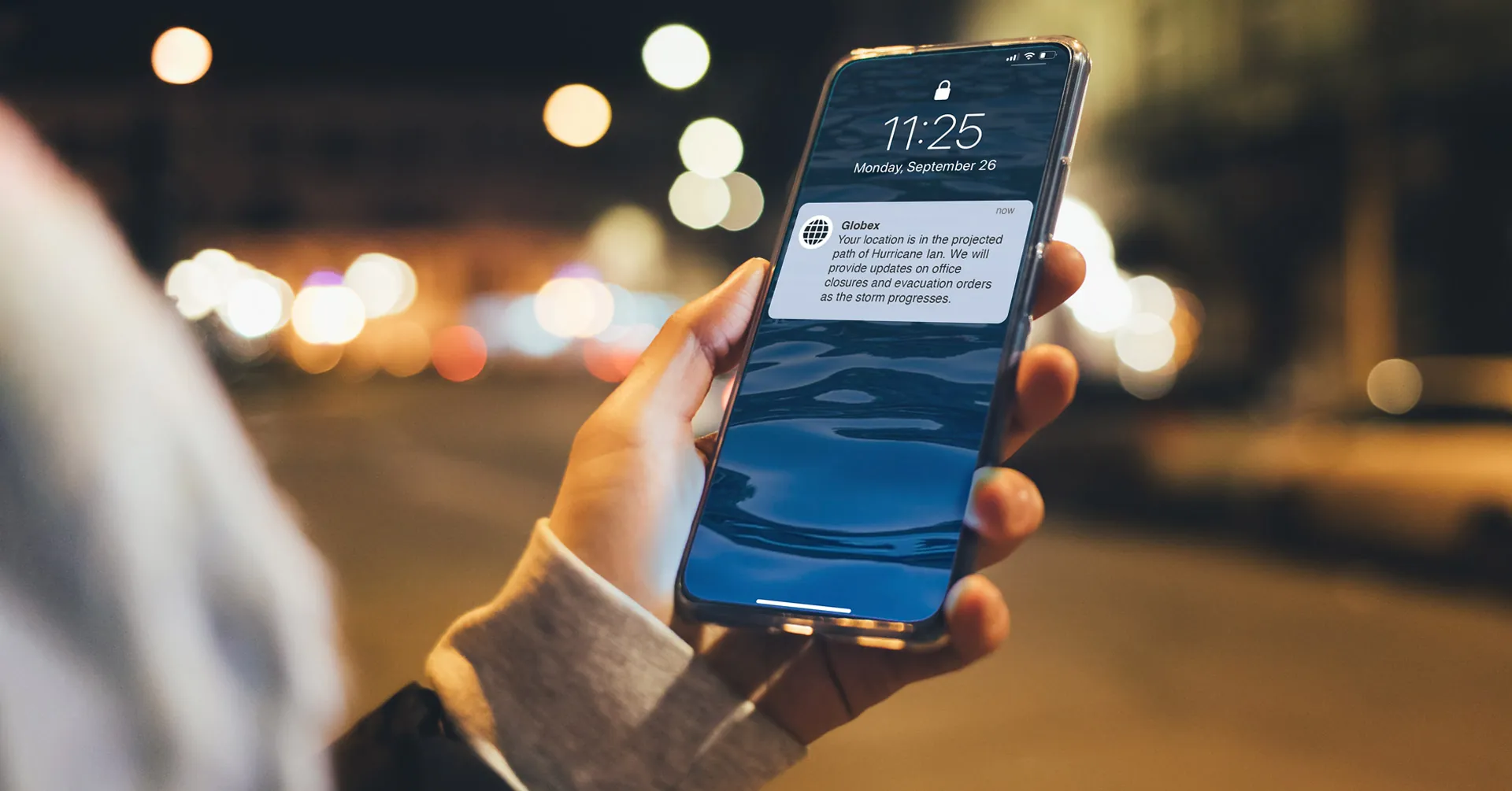
If a Warning Is Issued
- Provide clear instructions for shelter-in-place or relocation if advised.
- Remind guests of flashlights, water, and interior safe spaces.
- Keep messages short, timely, and reassuring.

After-Storm Game Plan (Fast, Safe, Documented)
First 24 Hours
- Prioritize safety: avoid downed lines, check for gas odors, and wear PPE.
- Photograph exteriors and interiors before moving items.
- Tarp leaks, board broken windows, and start drying wet areas immediately.
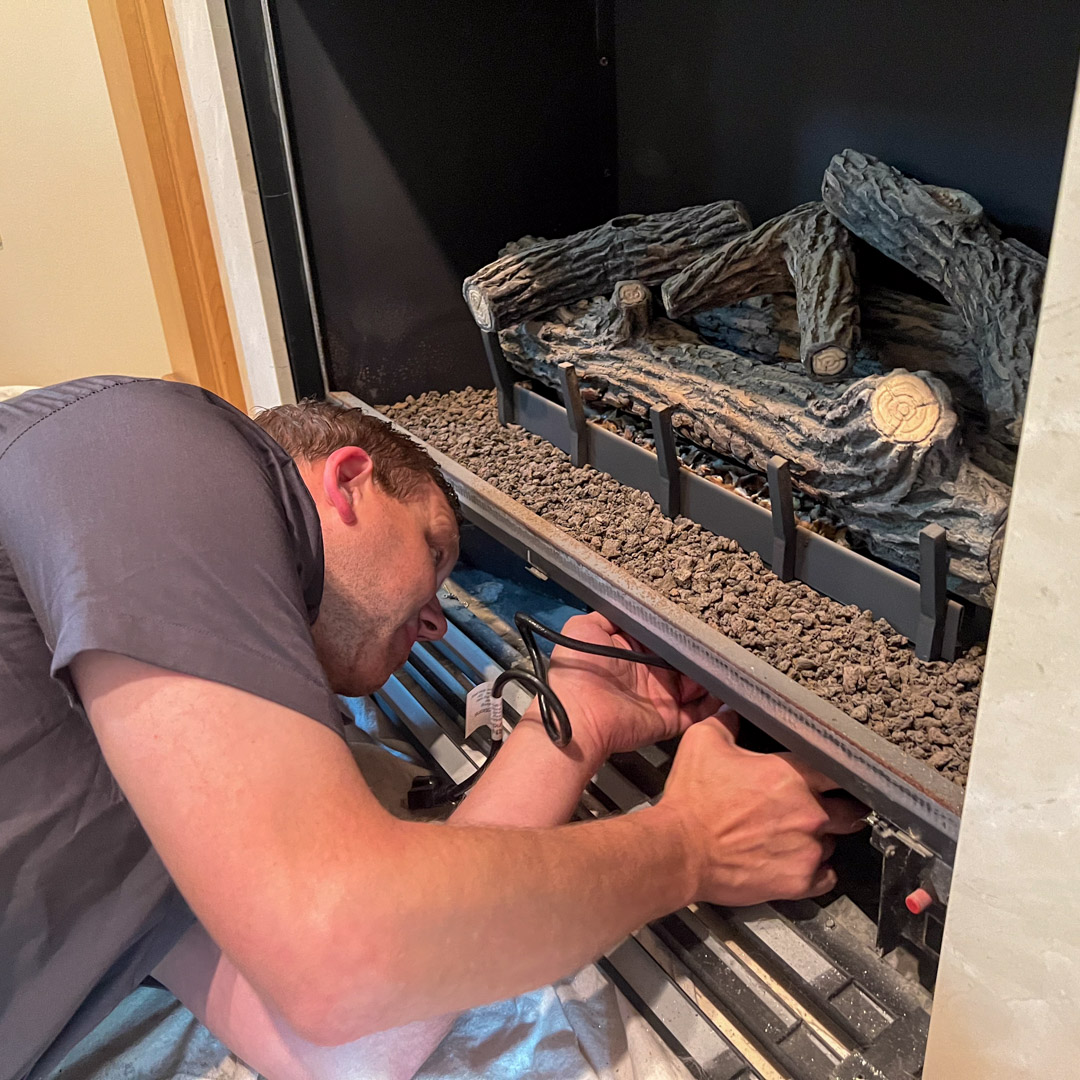
Drying & Cleanup
- Run AC and dehumidifiers; elevate or remove wet rugs and soft goods.
- Sanitize affected hard surfaces after water intrusion.
- Save receipts and log actions for claims.
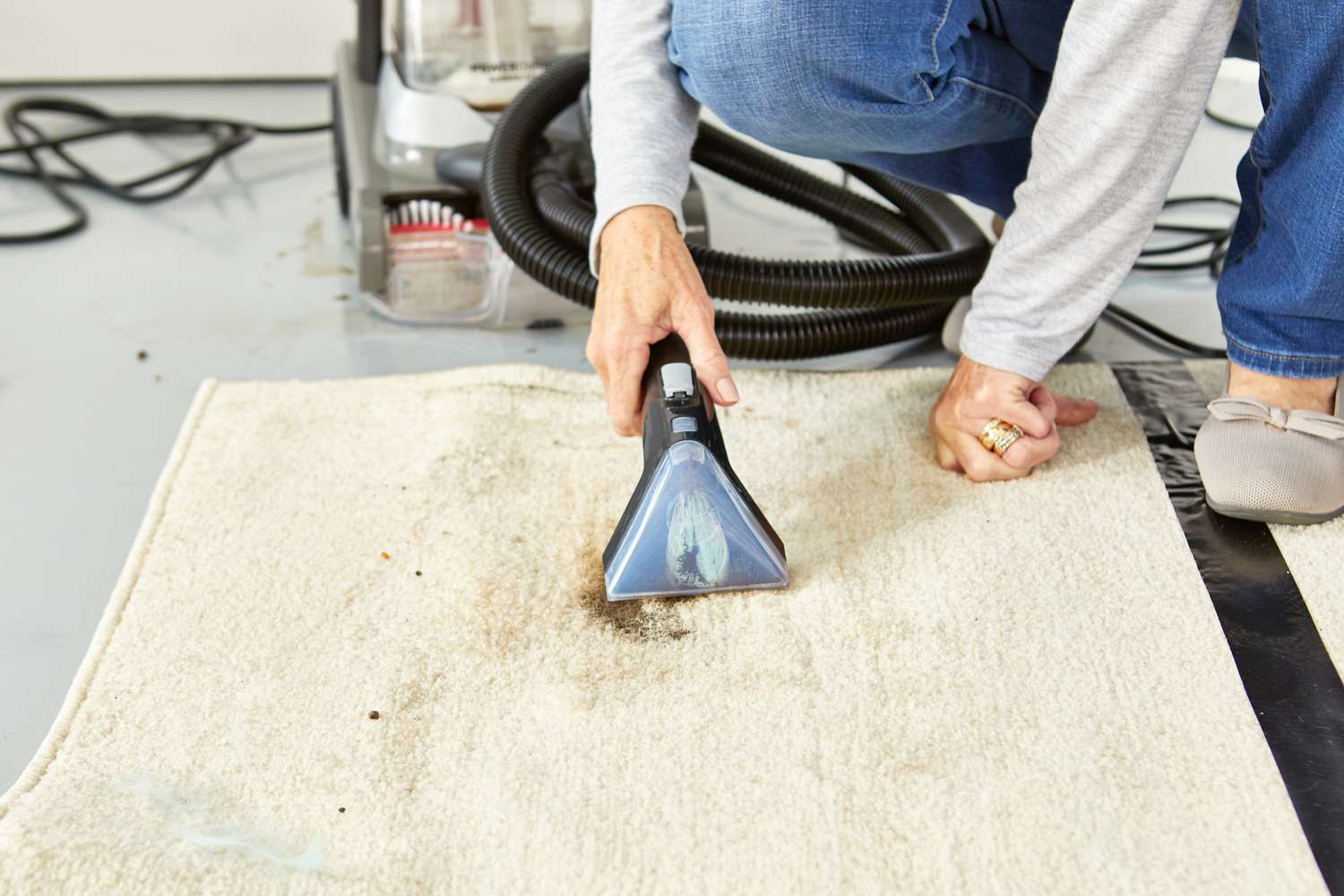
Bookings & Recovery
- Update in-house guests and upcoming arrivals with honest timelines.
- Offer options: modify, relocate, or refund based on impact.
- Schedule vendors in order: roof/structure → electrical/HVAC → interiors → landscaping.
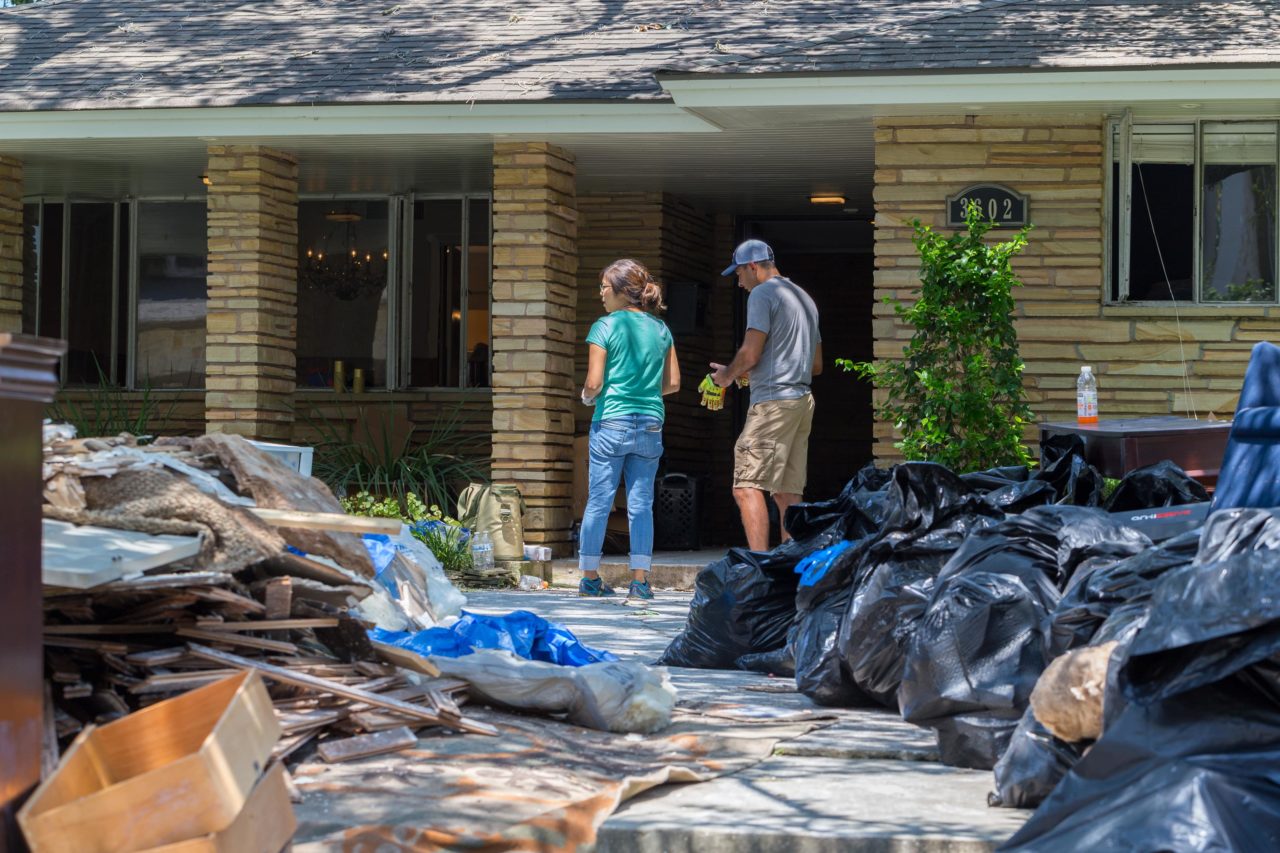
Condos vs. Single-Family: Quick Notes
Condos/hi-rises: Clear balconies early; understand how emergency power affects elevators and water pressure. Keep an interior shelter plan and emphasize portable lighting.
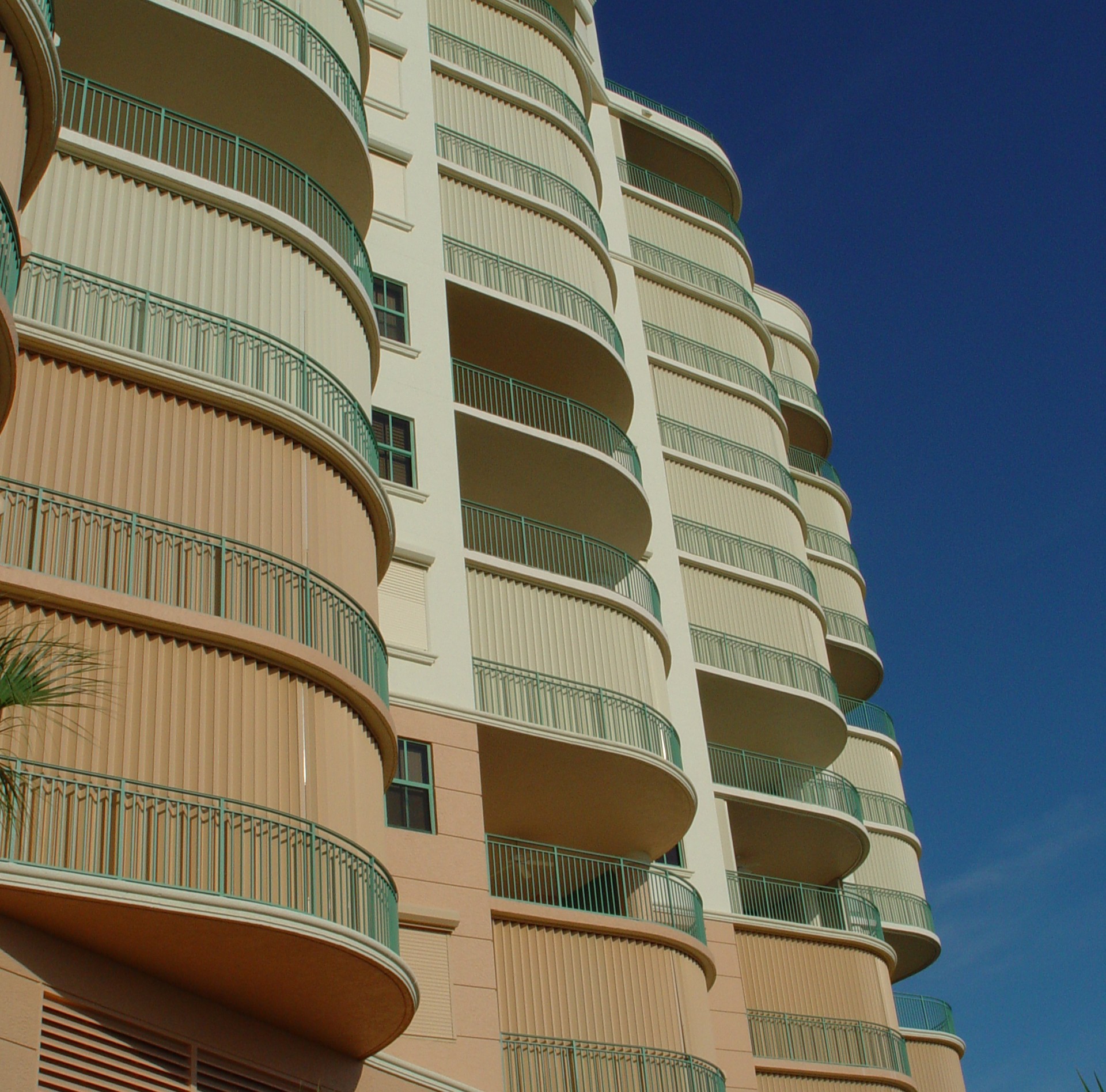
Single-family homes: You control shutters, sandbags, and debris; build a “hurricane team” (cleaner + handyman) for pre- and post-storm tasks. Consider a whole-home generator if budget allows.

(No association rules included here—focus stays on unit-level readiness.)
Fall favors the prepared host. By hardening the exterior, tightening interior systems, resetting guest-visible quality, and rehearsing your storm playbook, you reduce risk and protect revenue. Most importantly, you give guests a safe, comfortable stay—even when Florida weather flexes.

